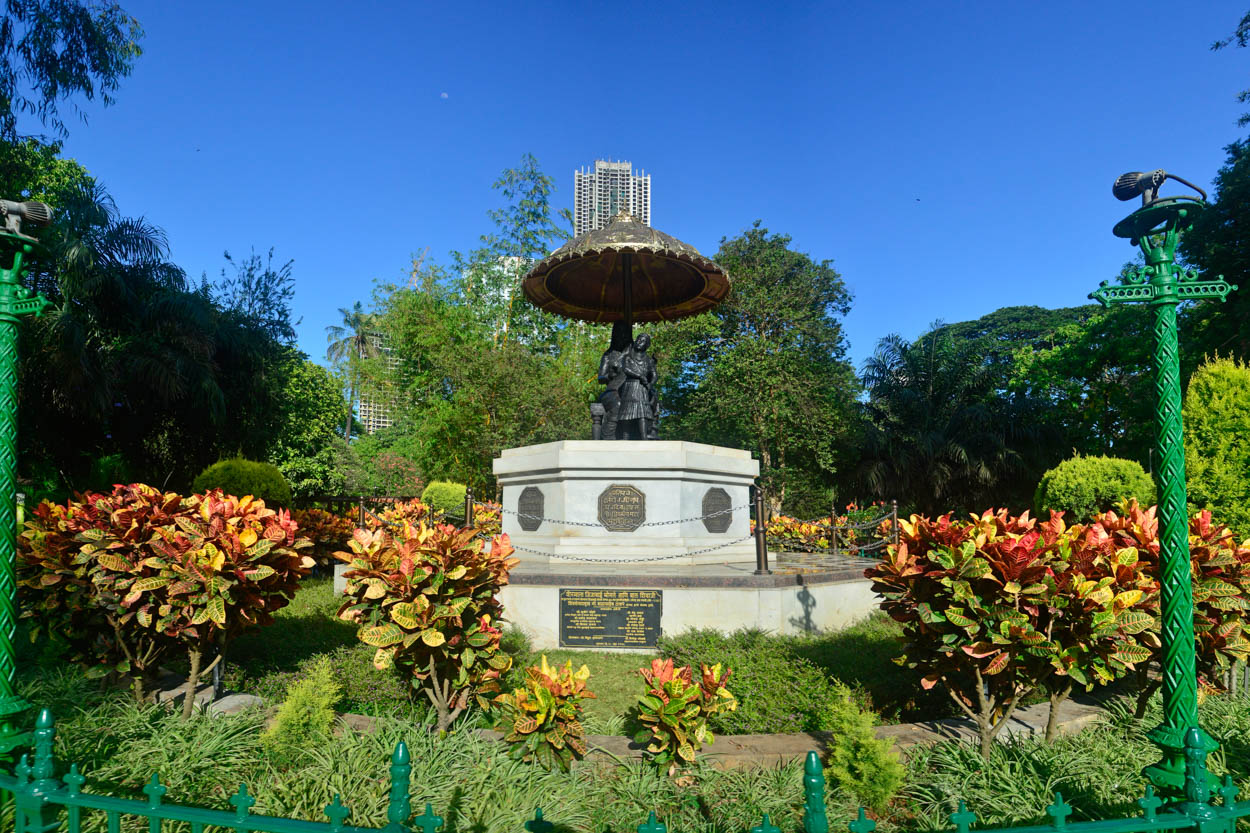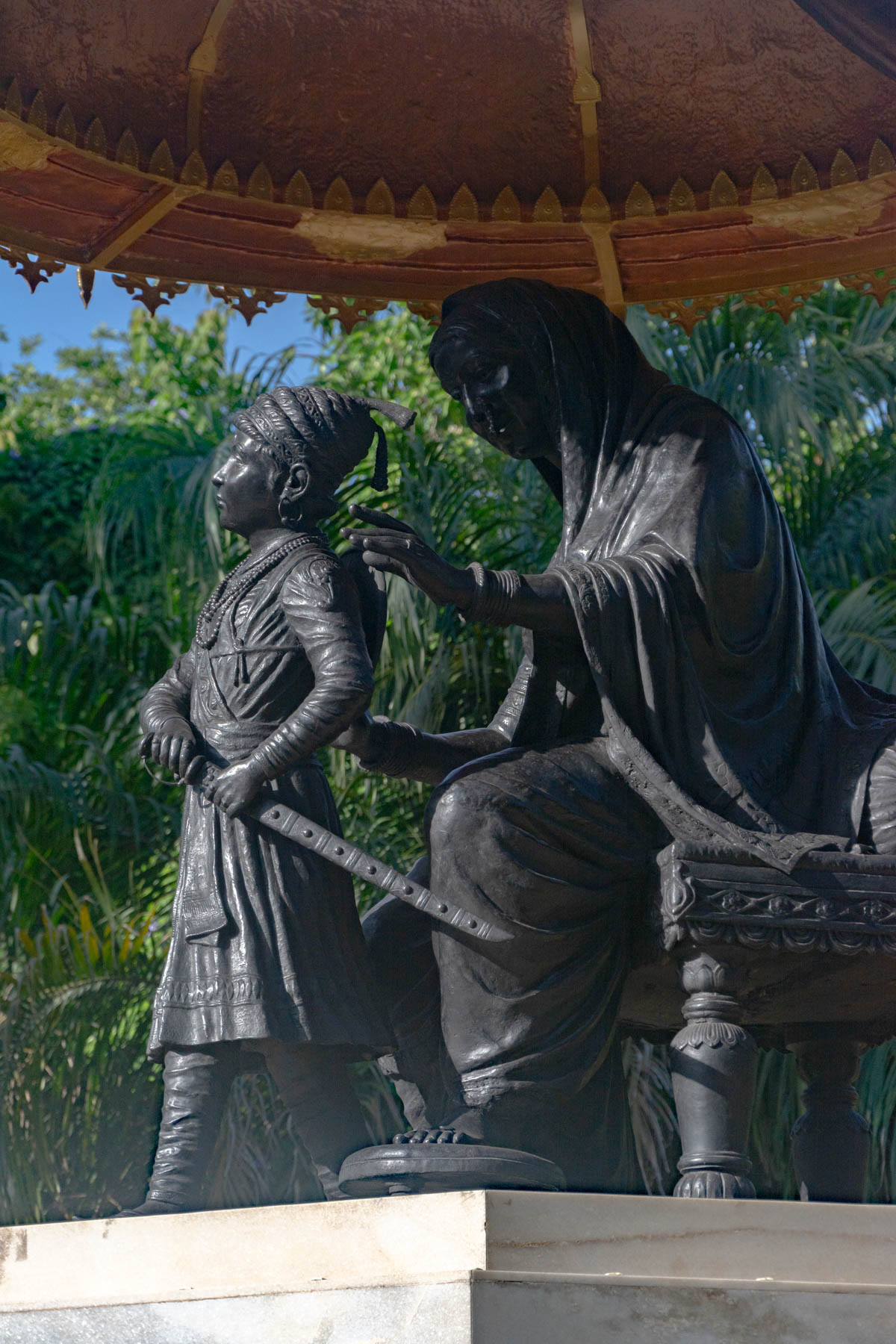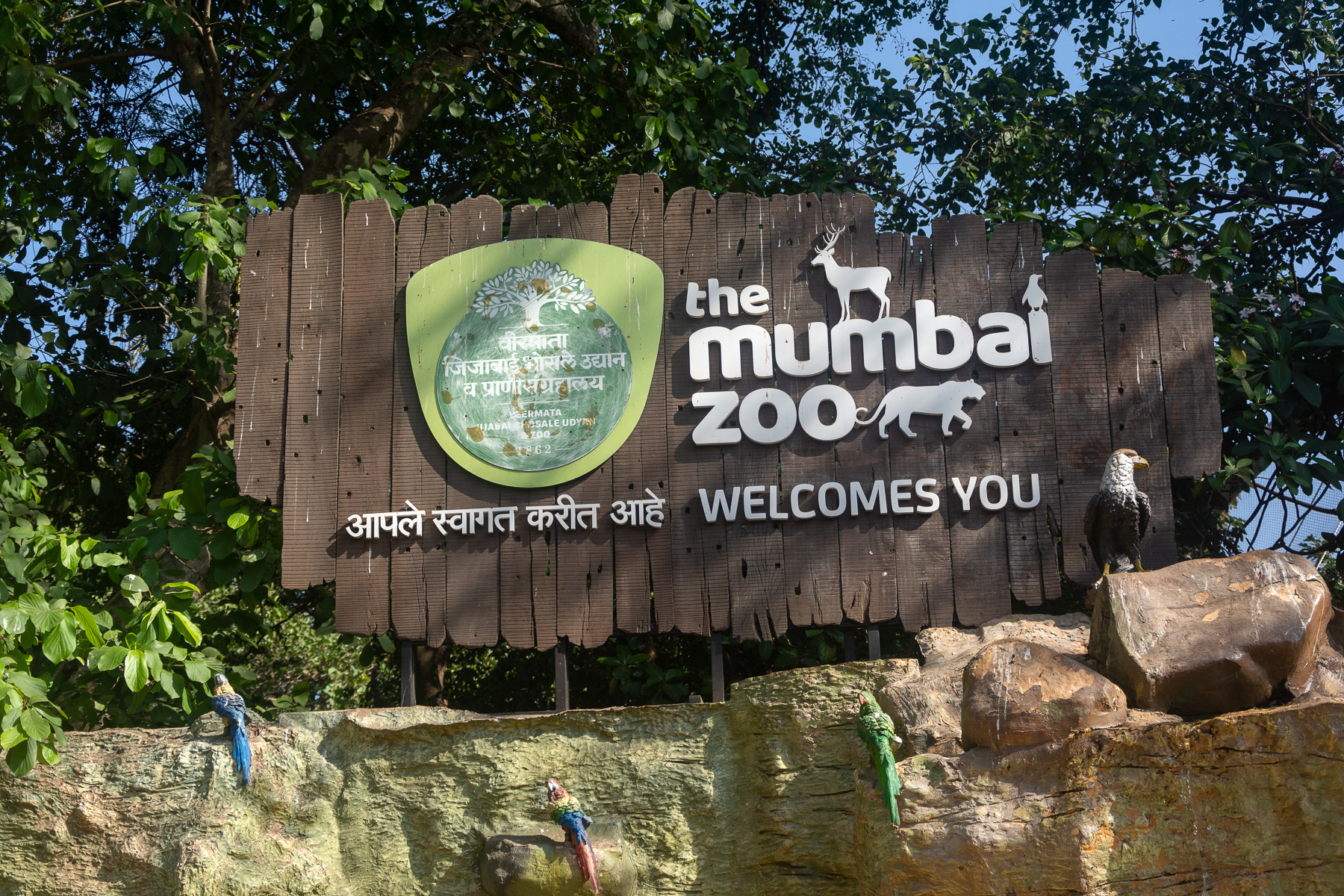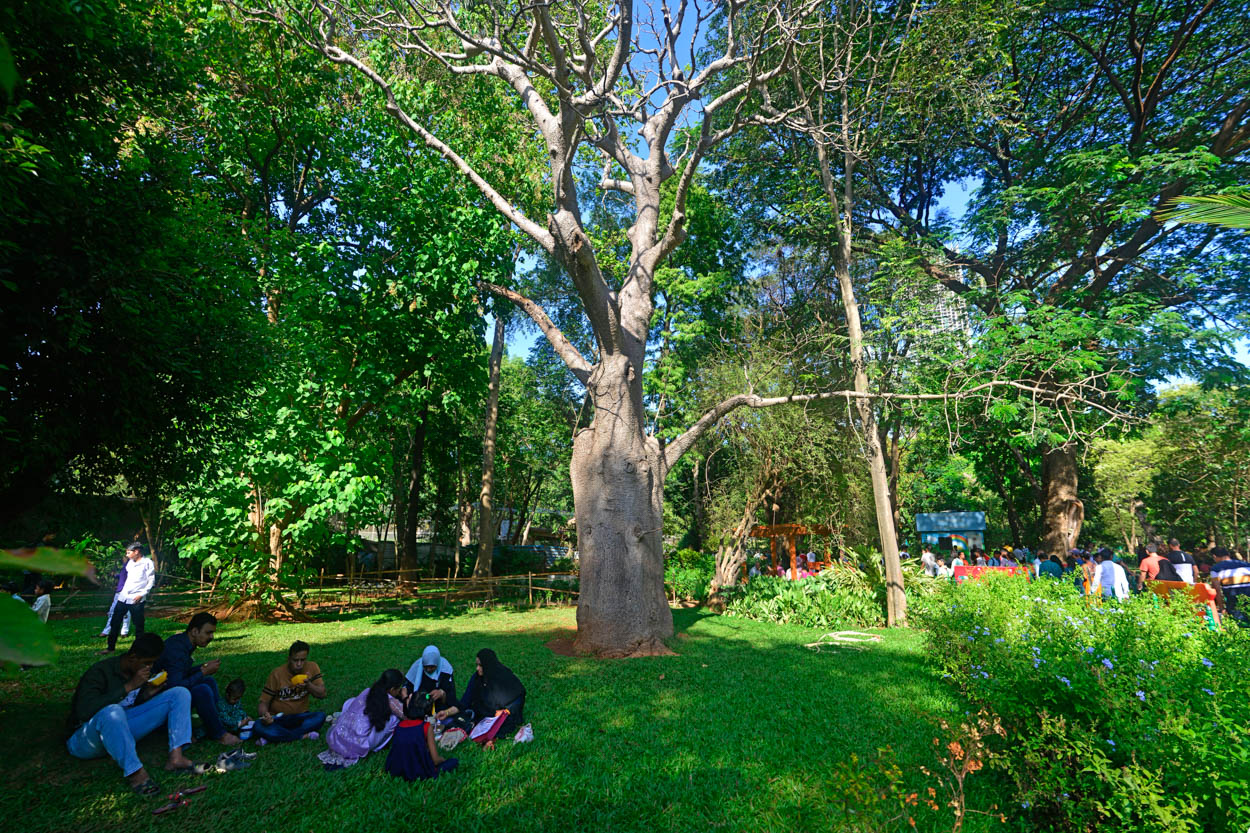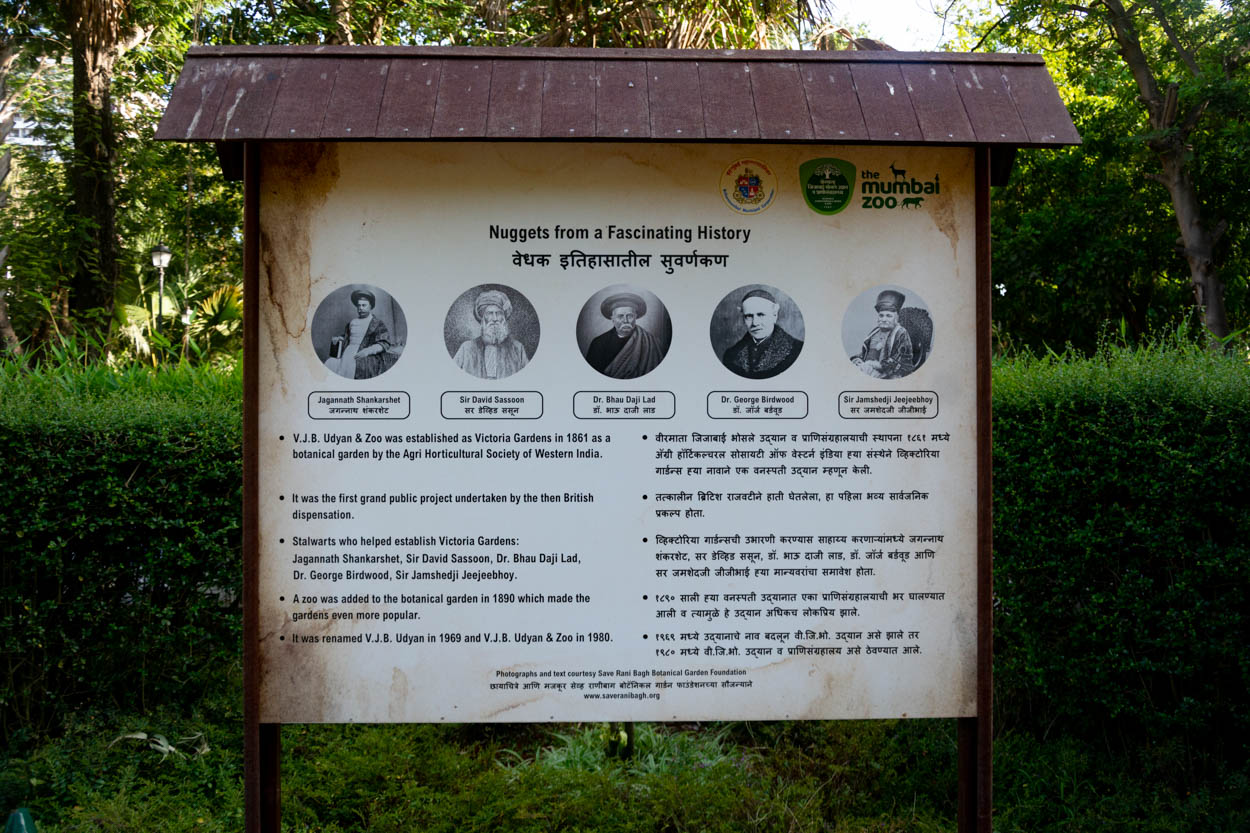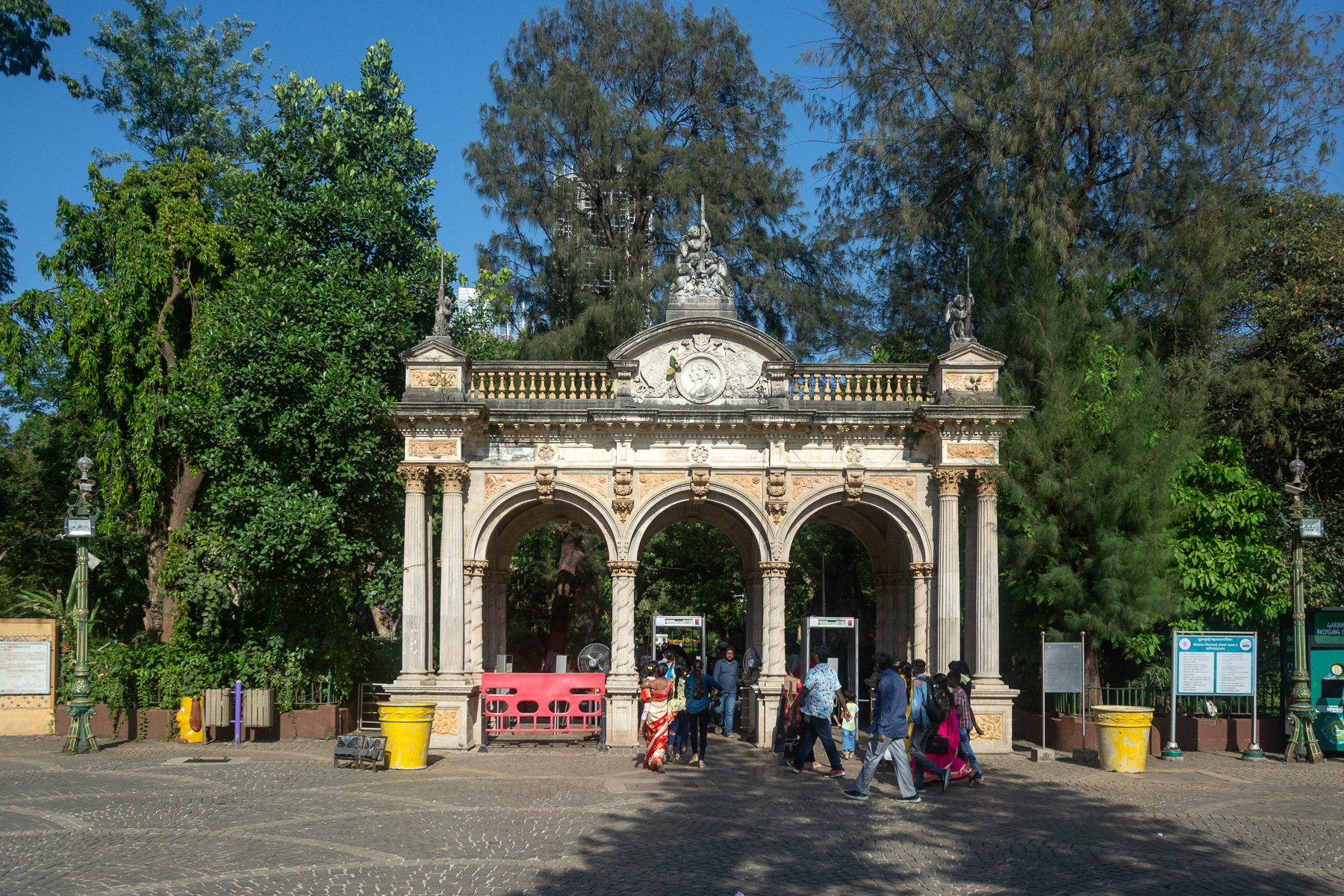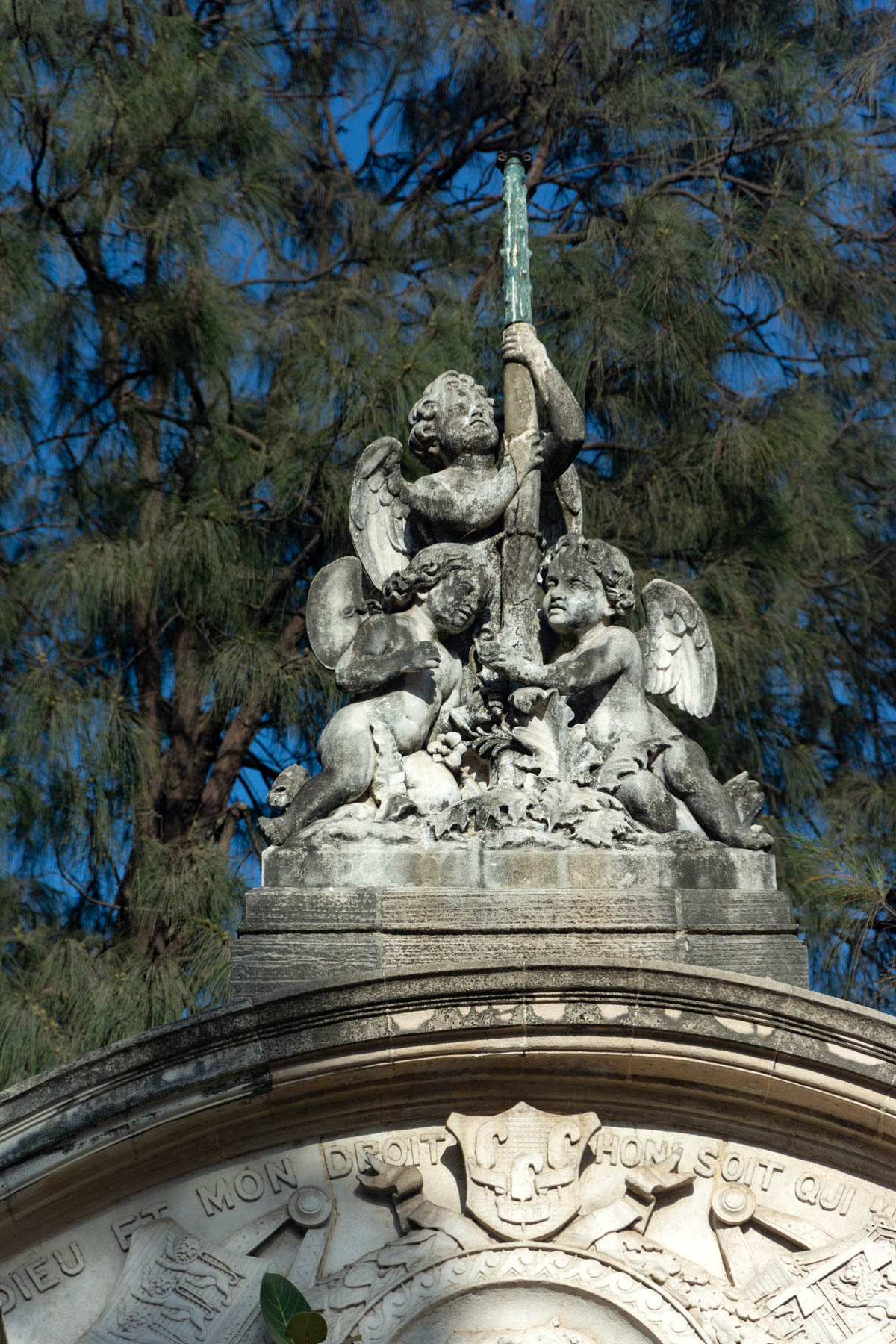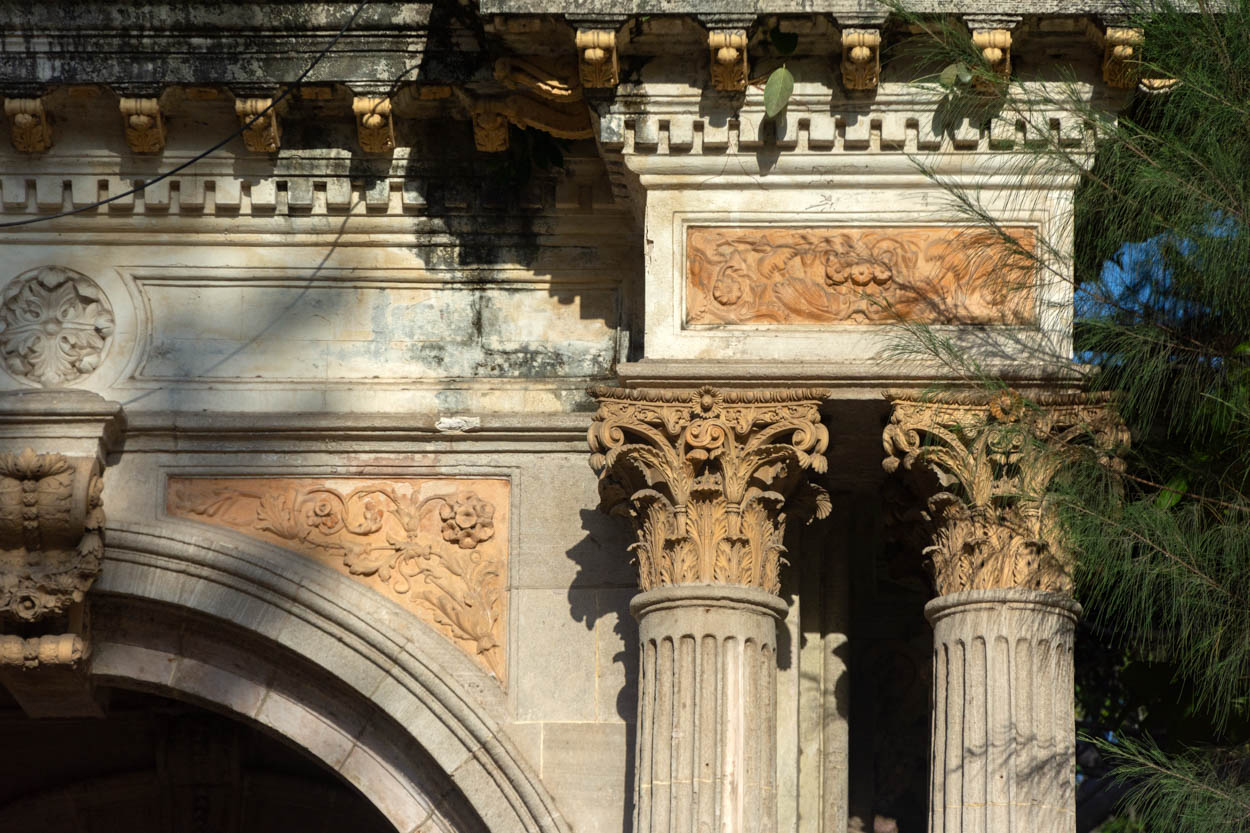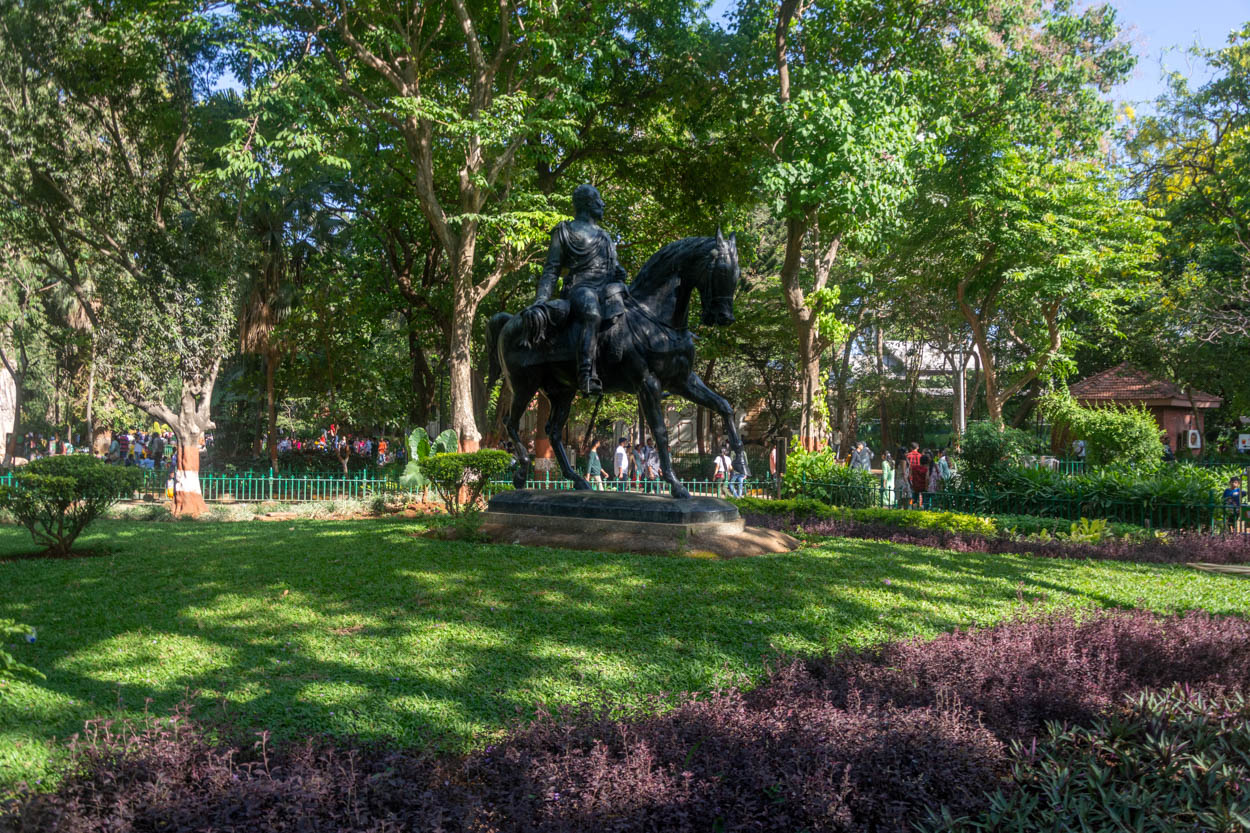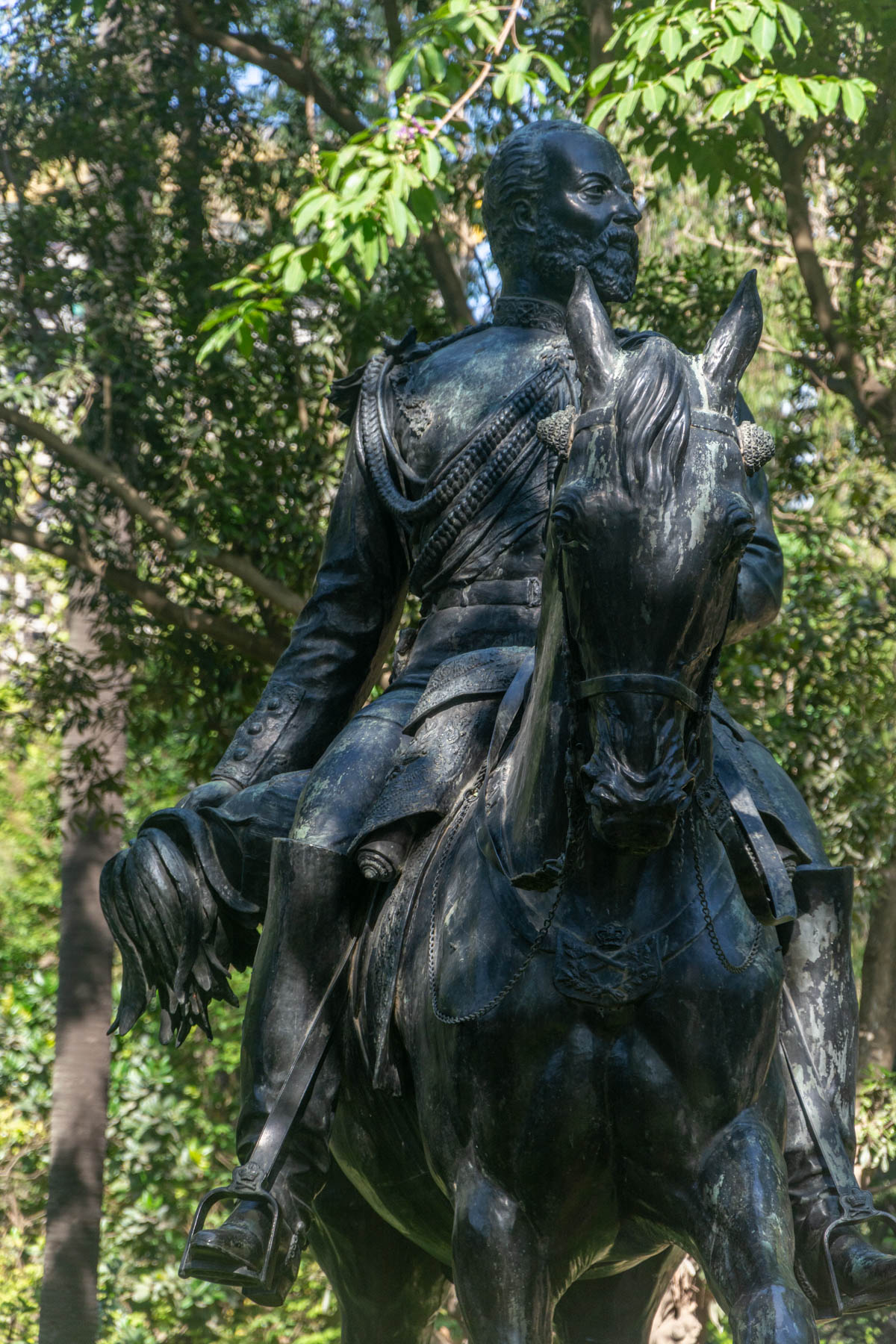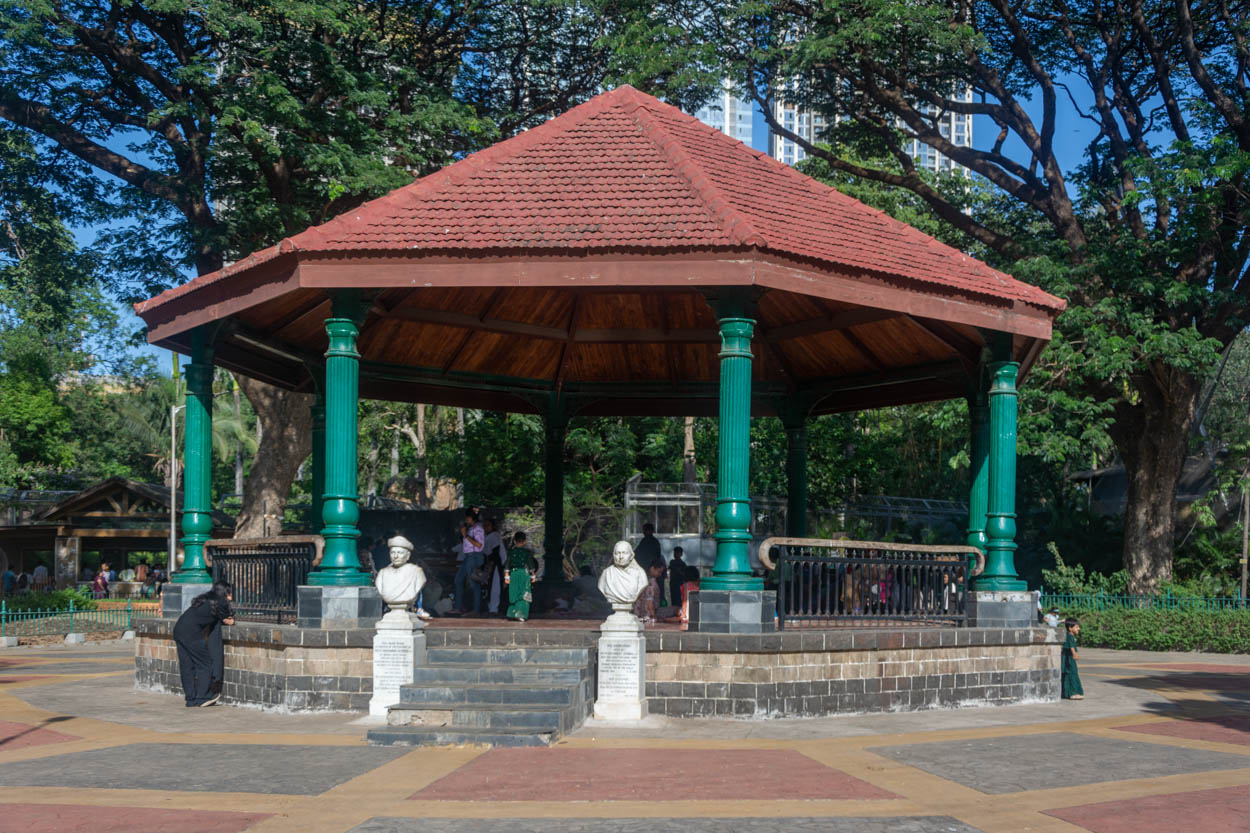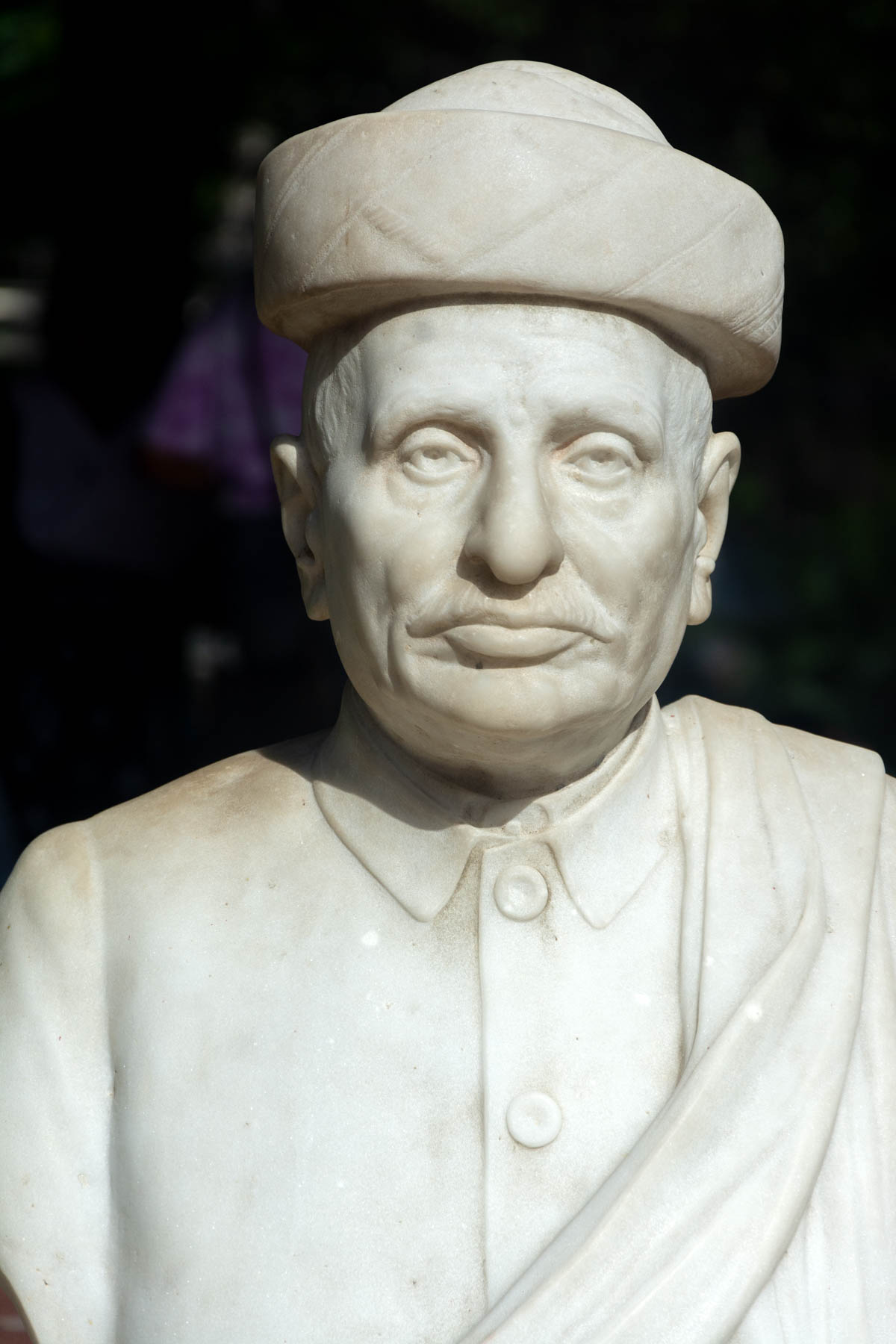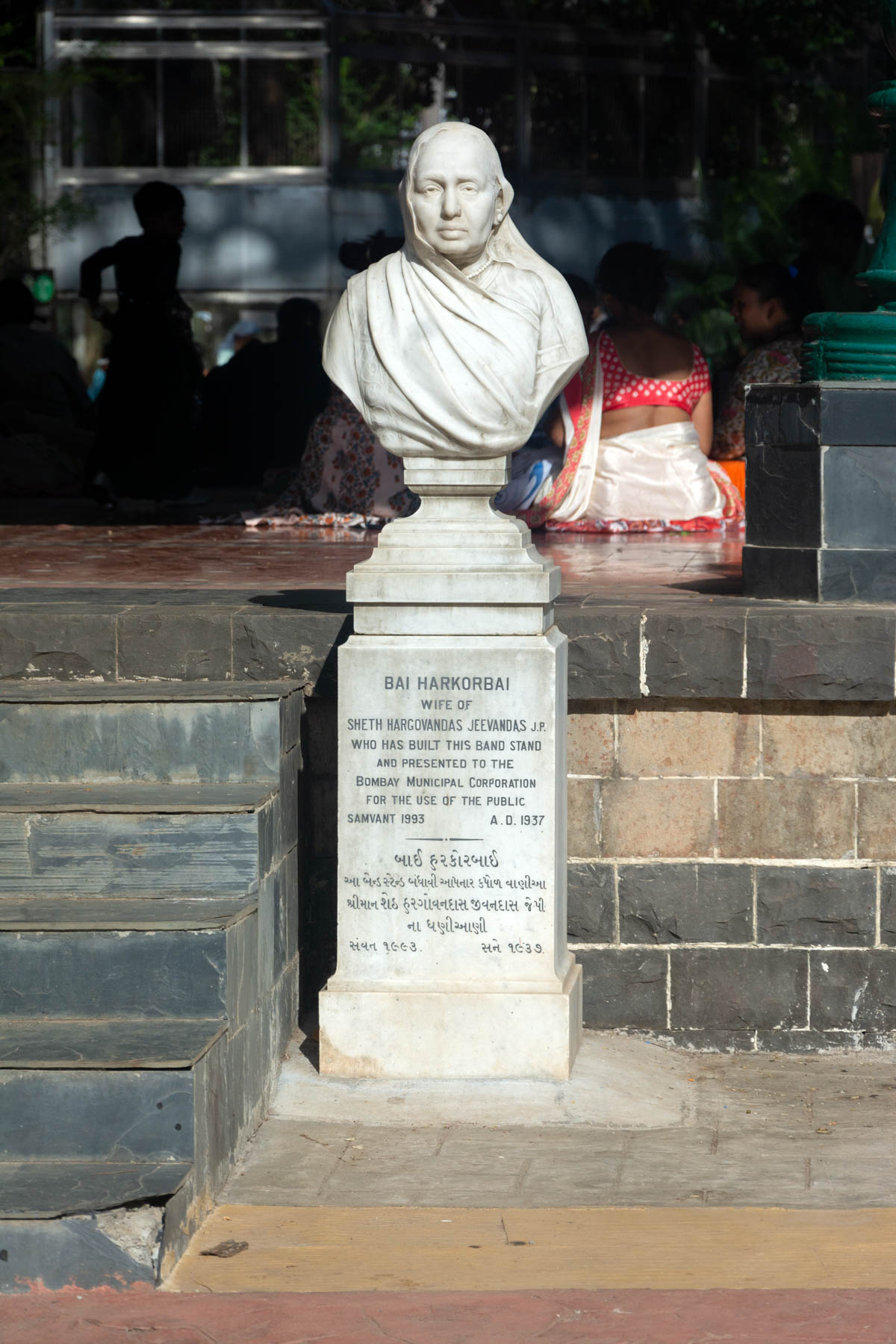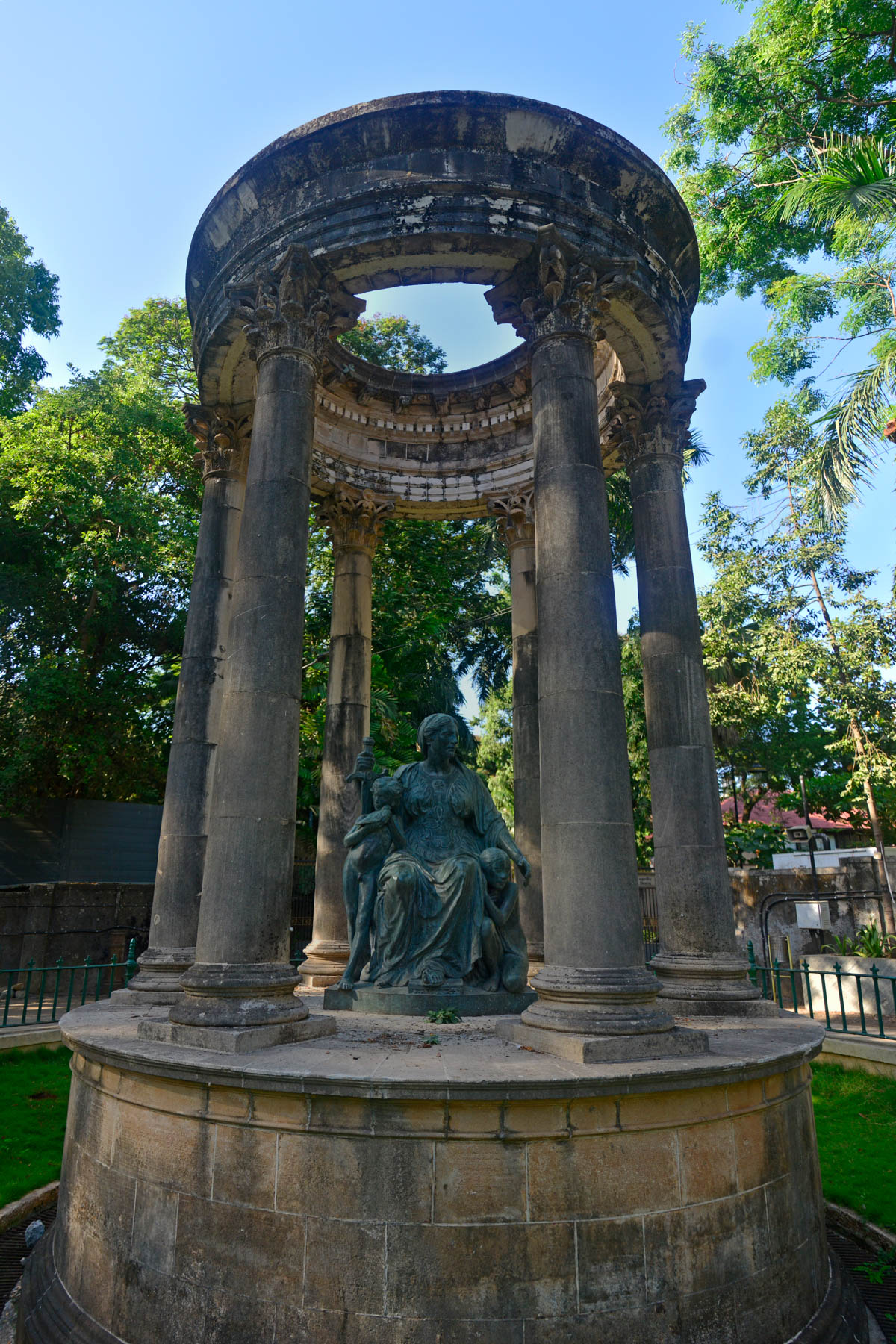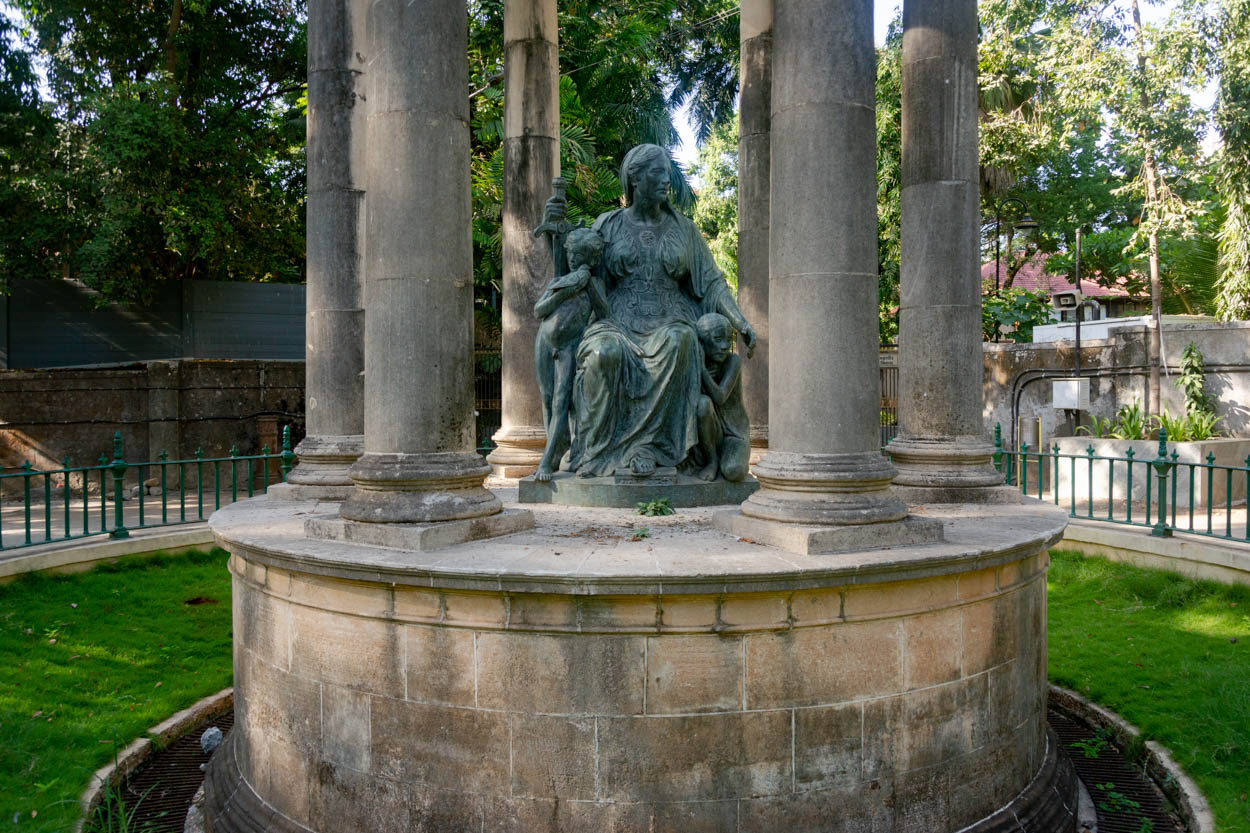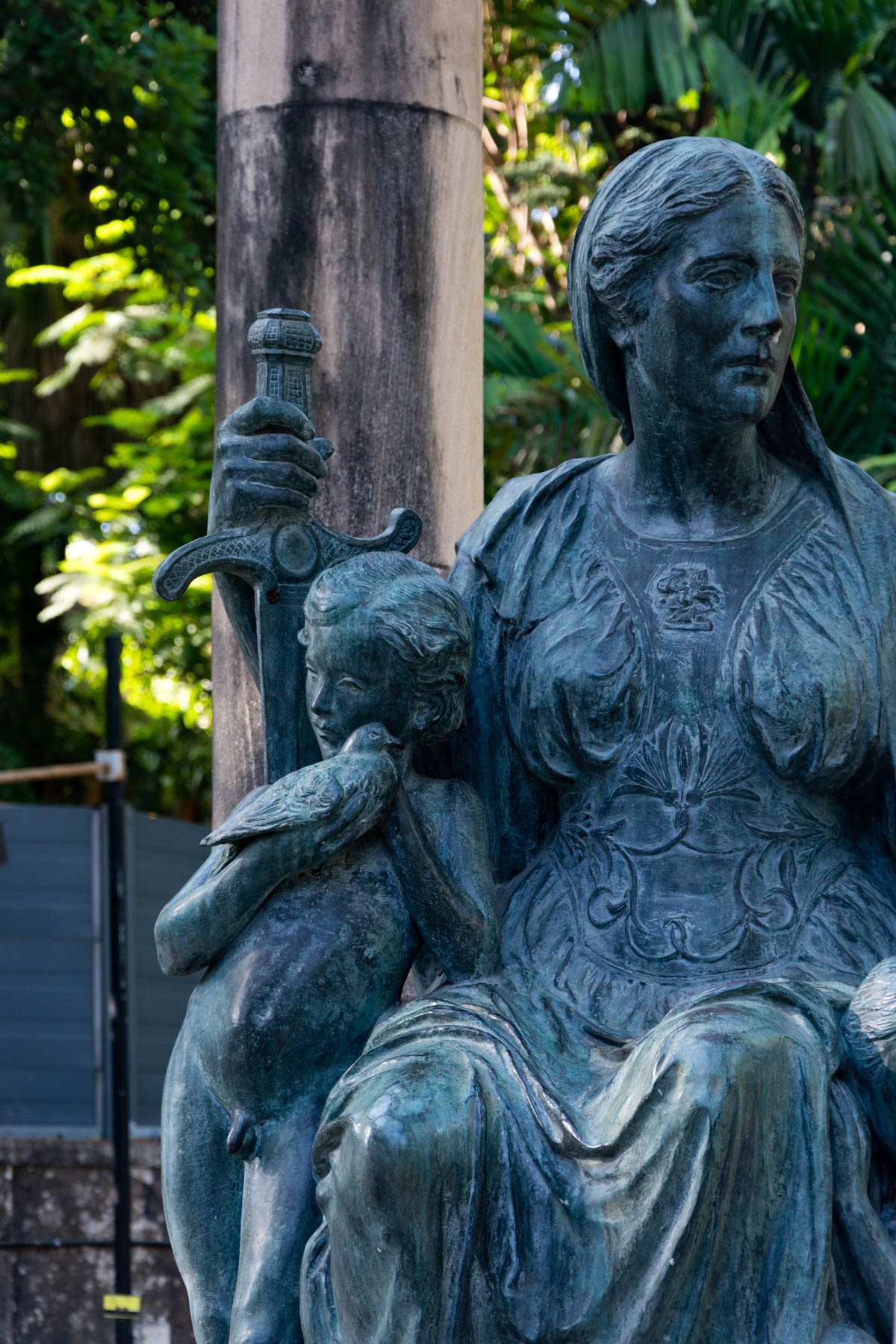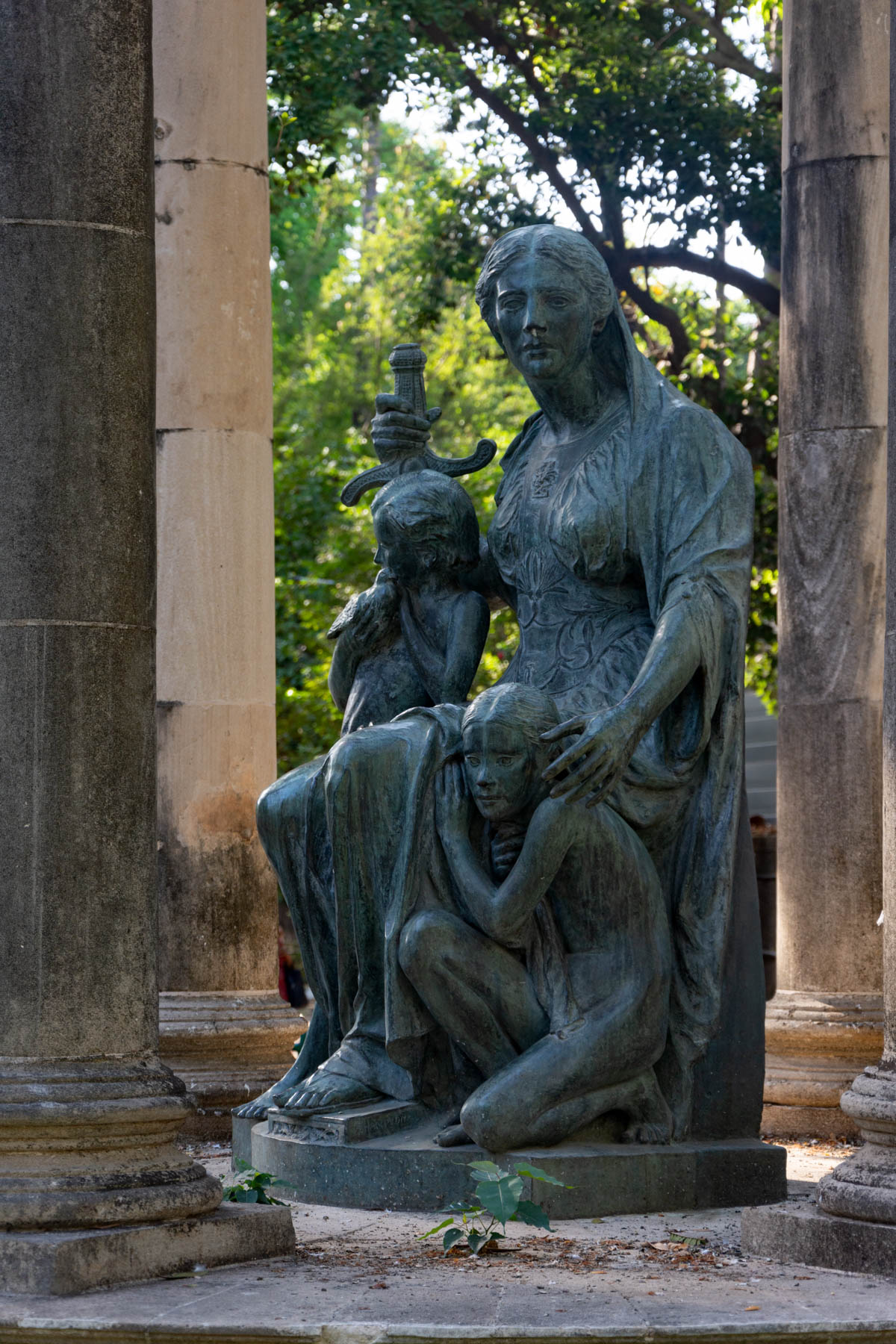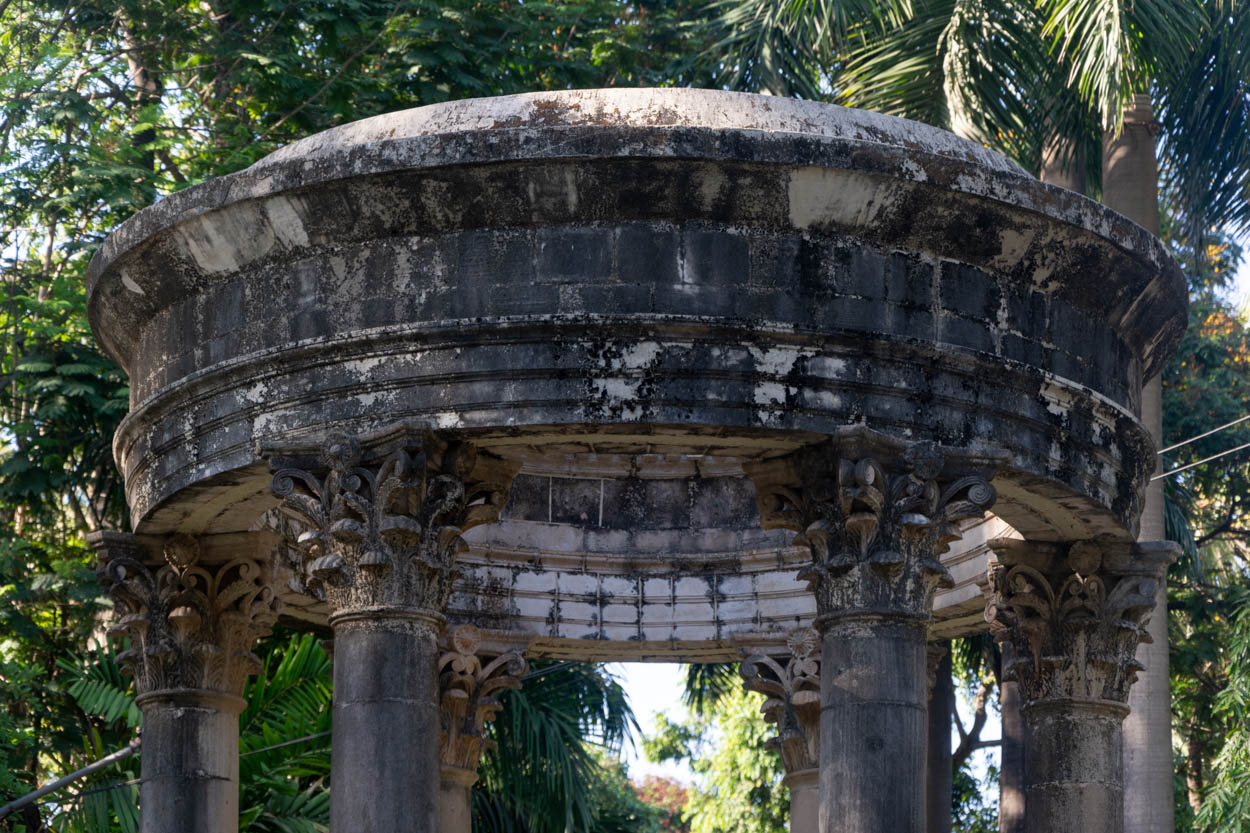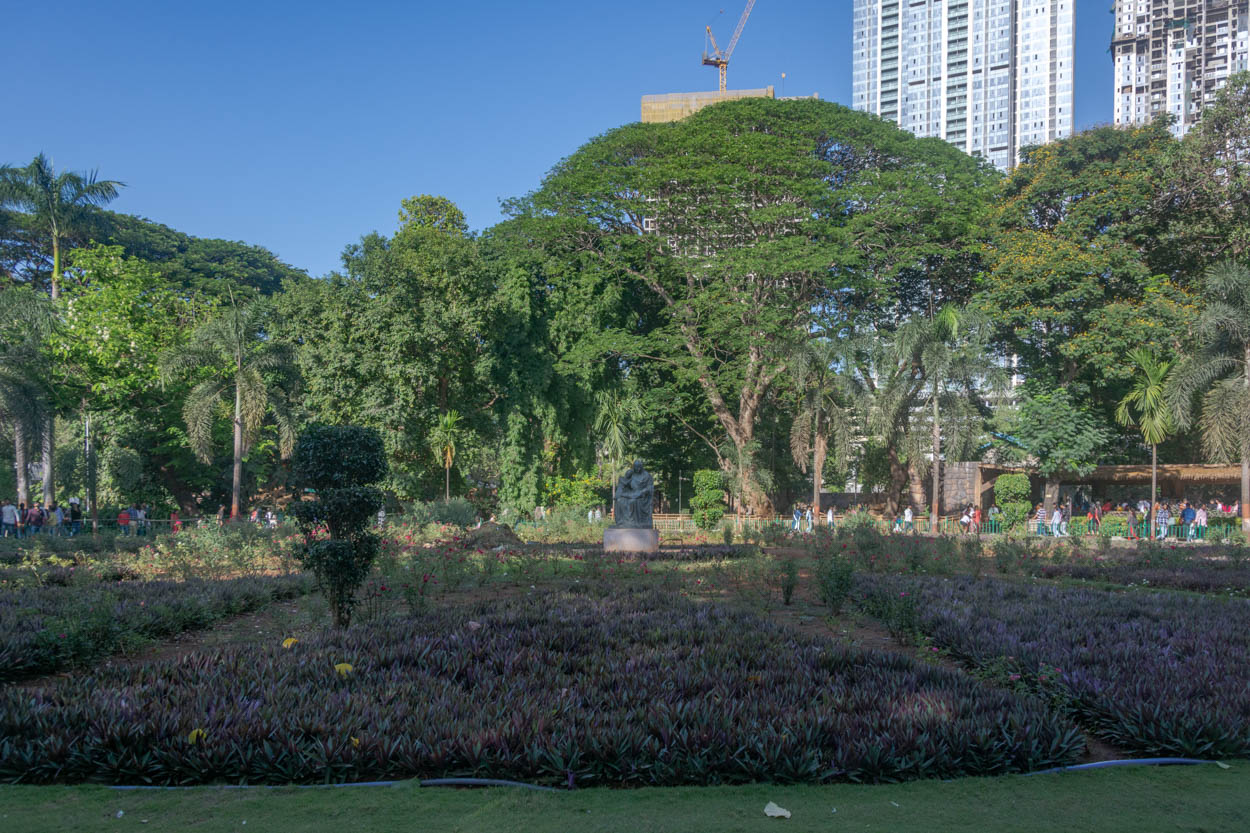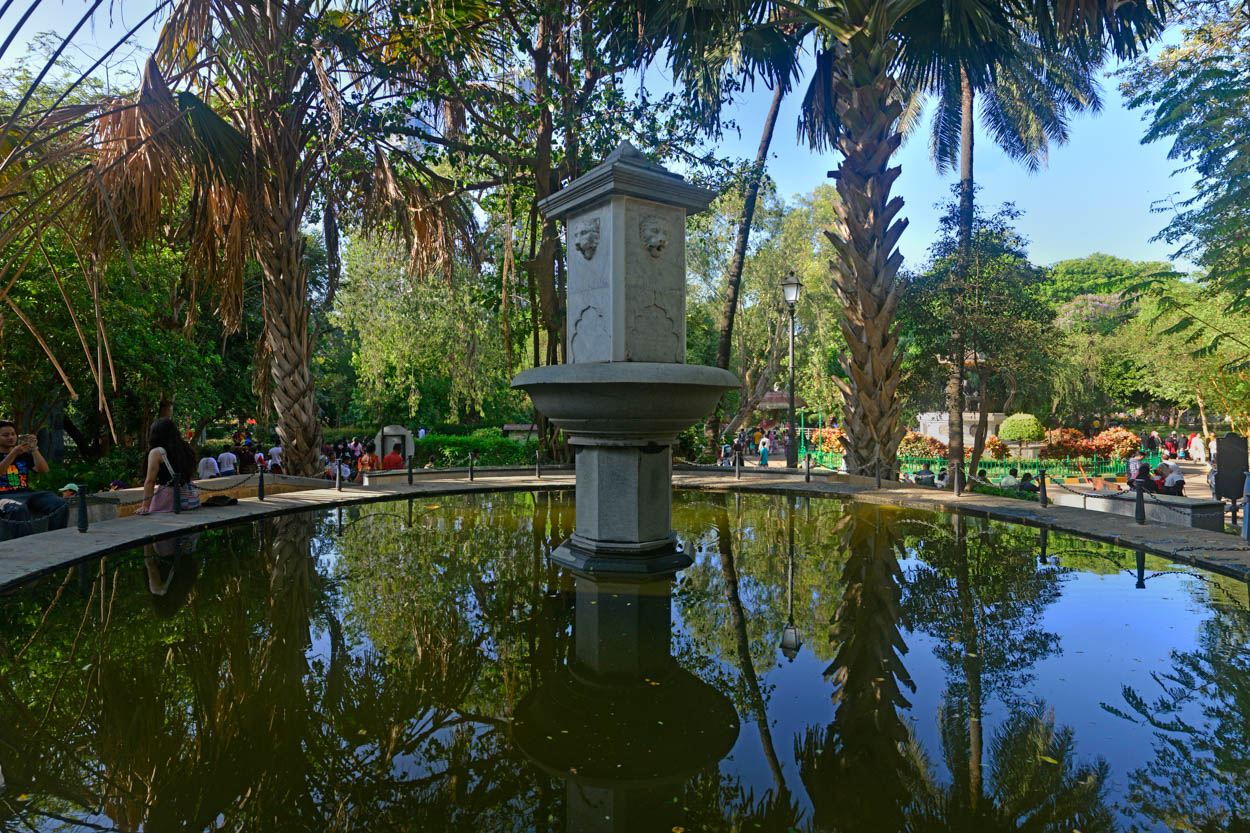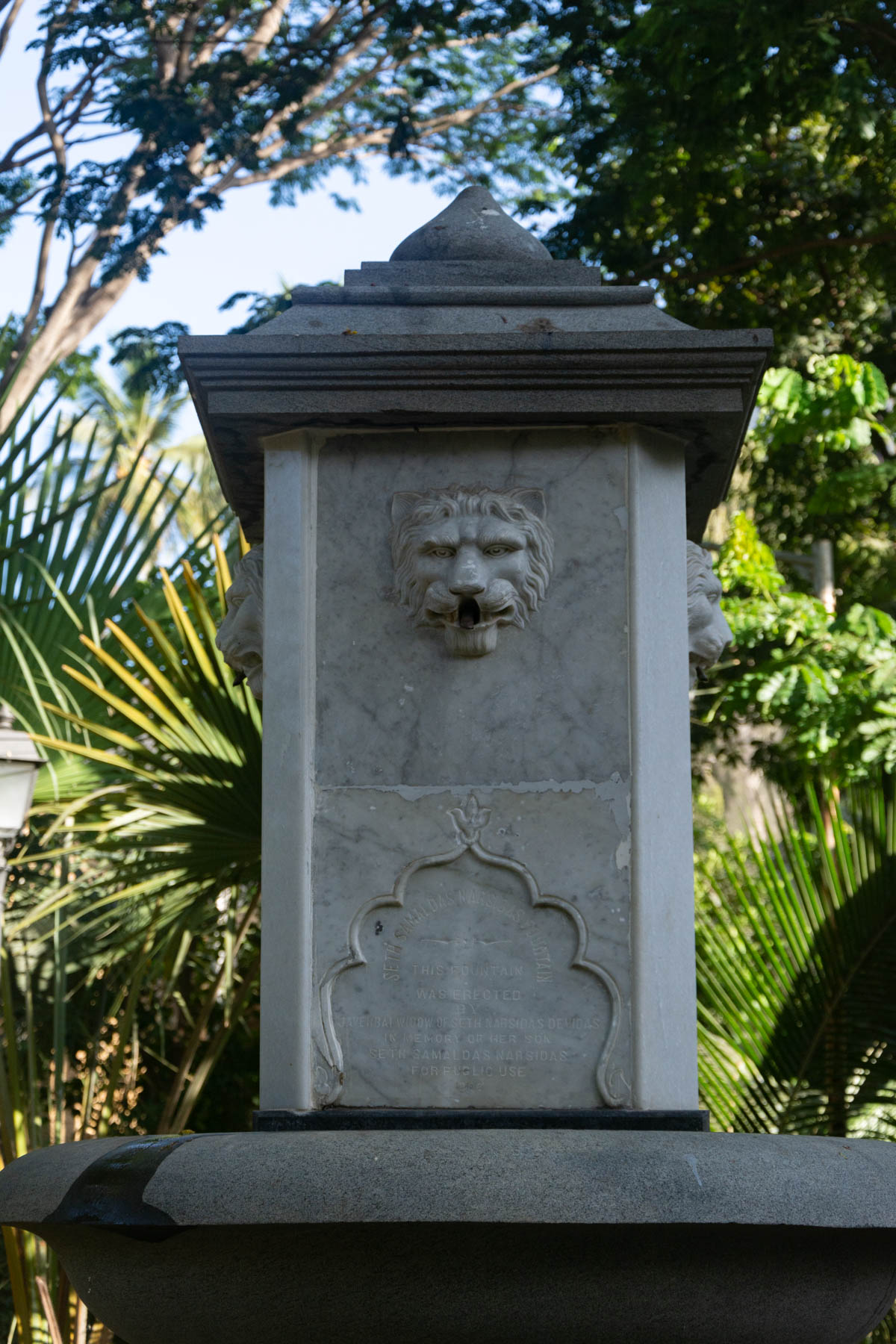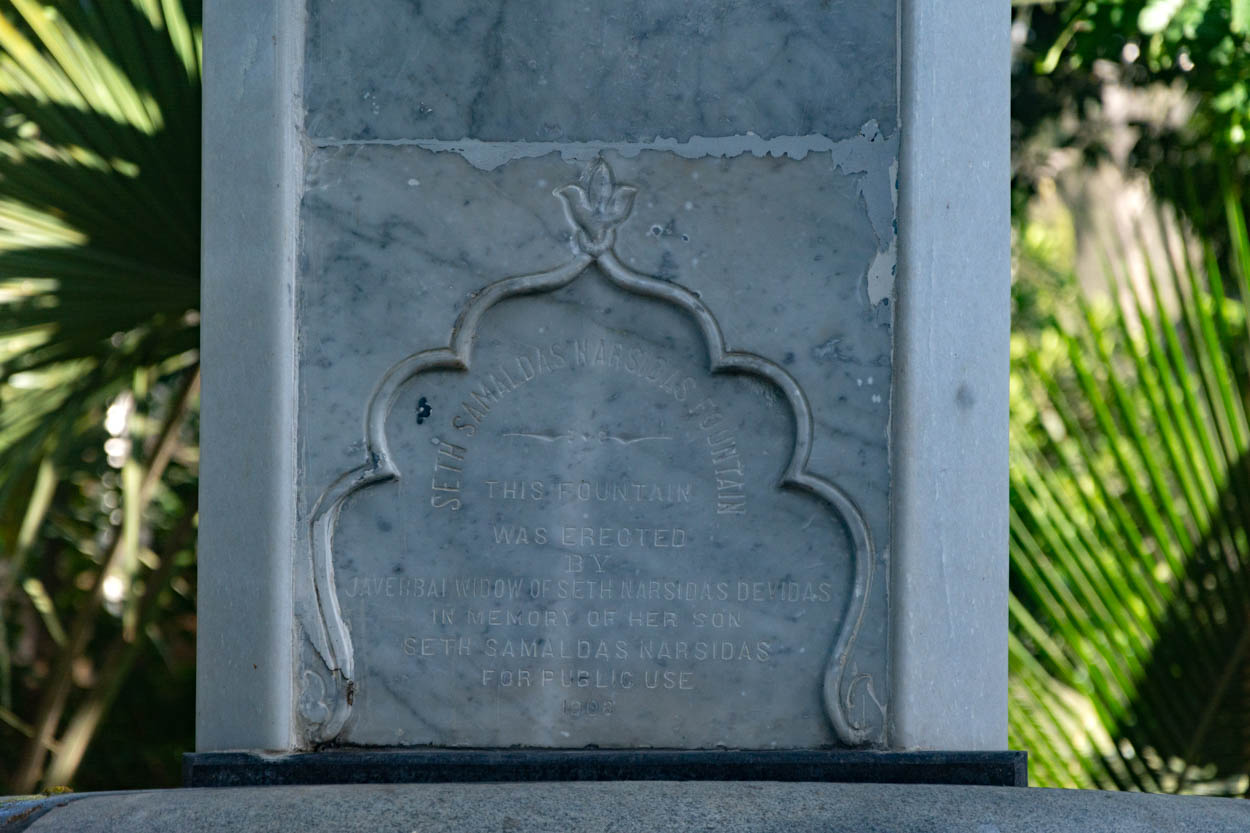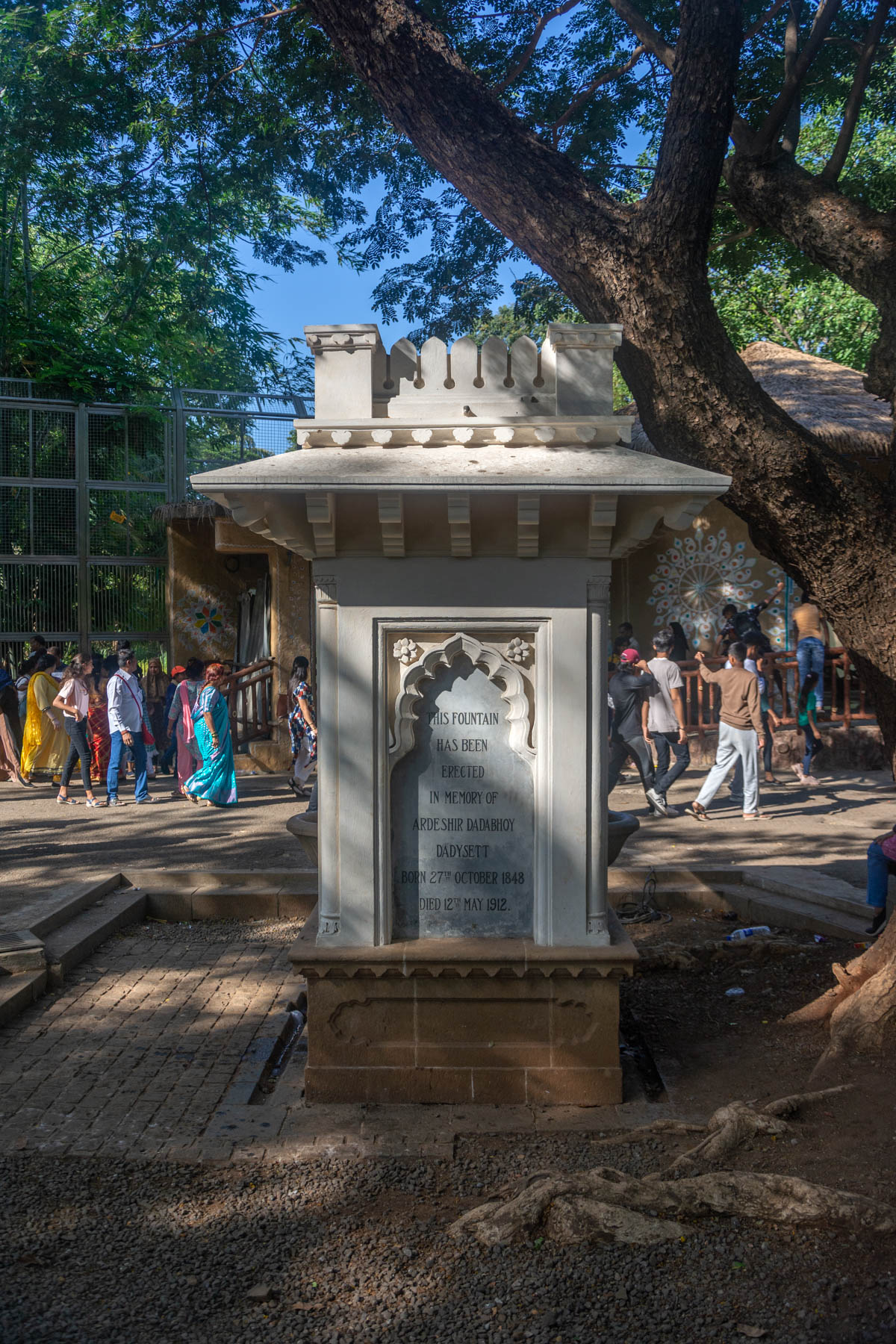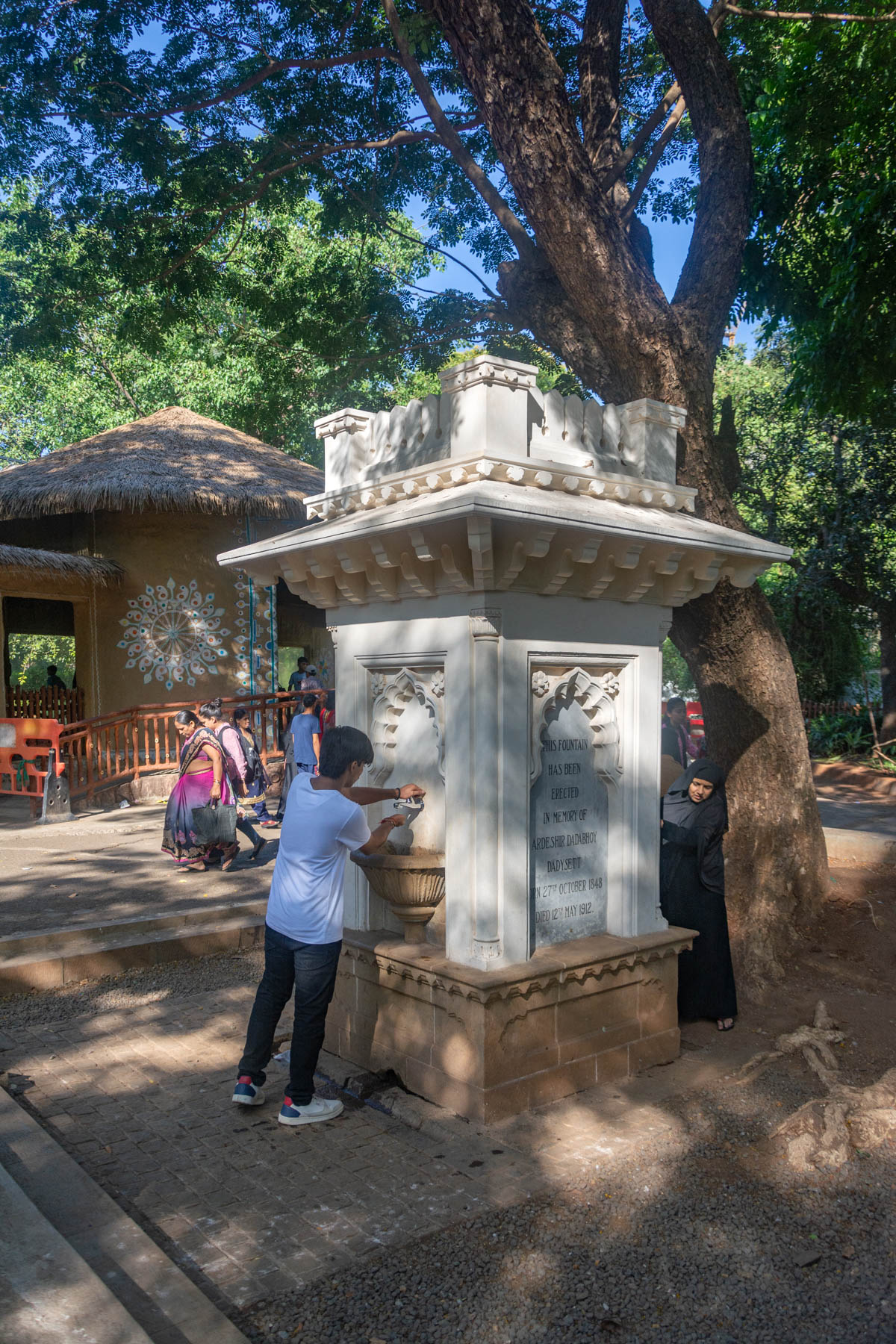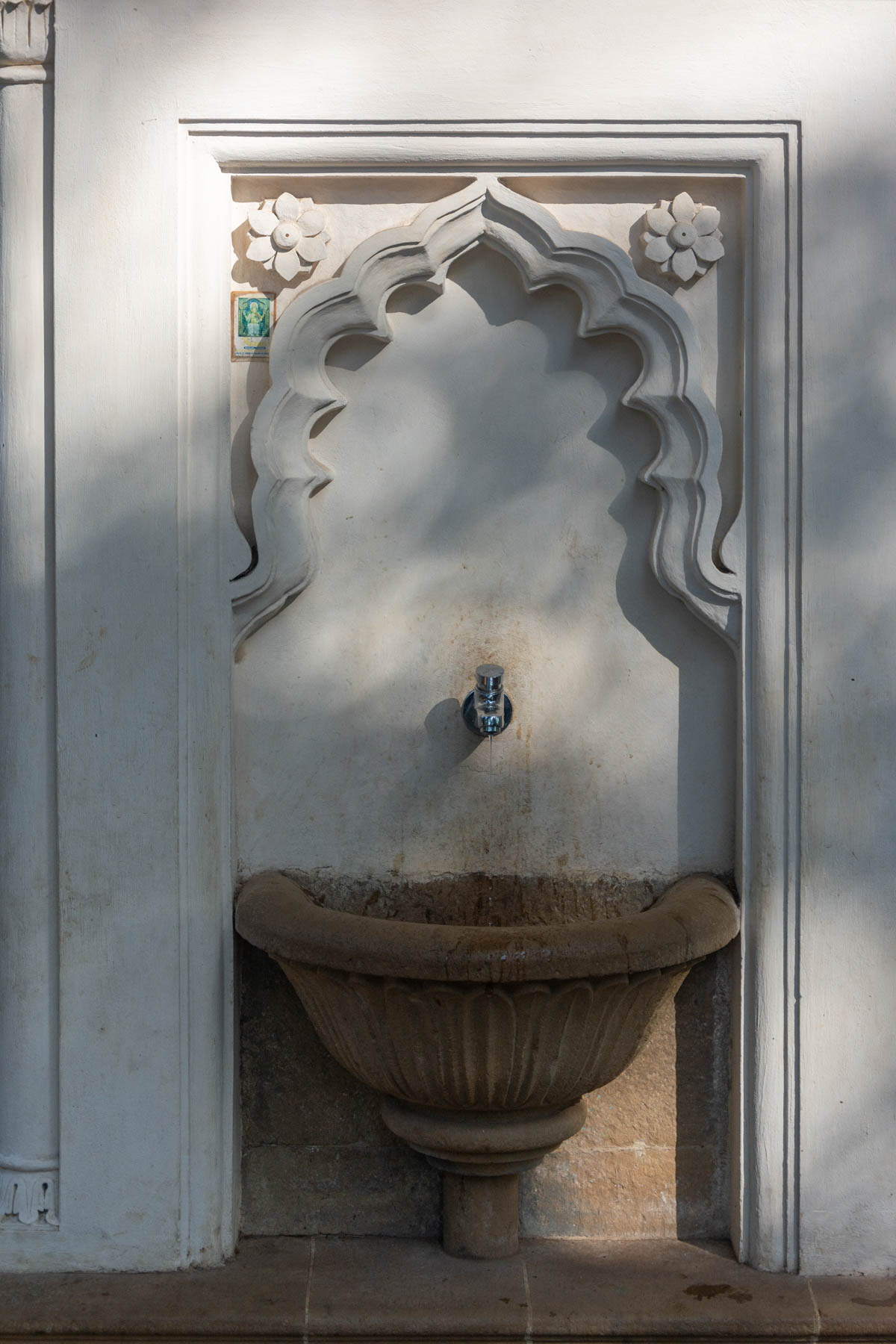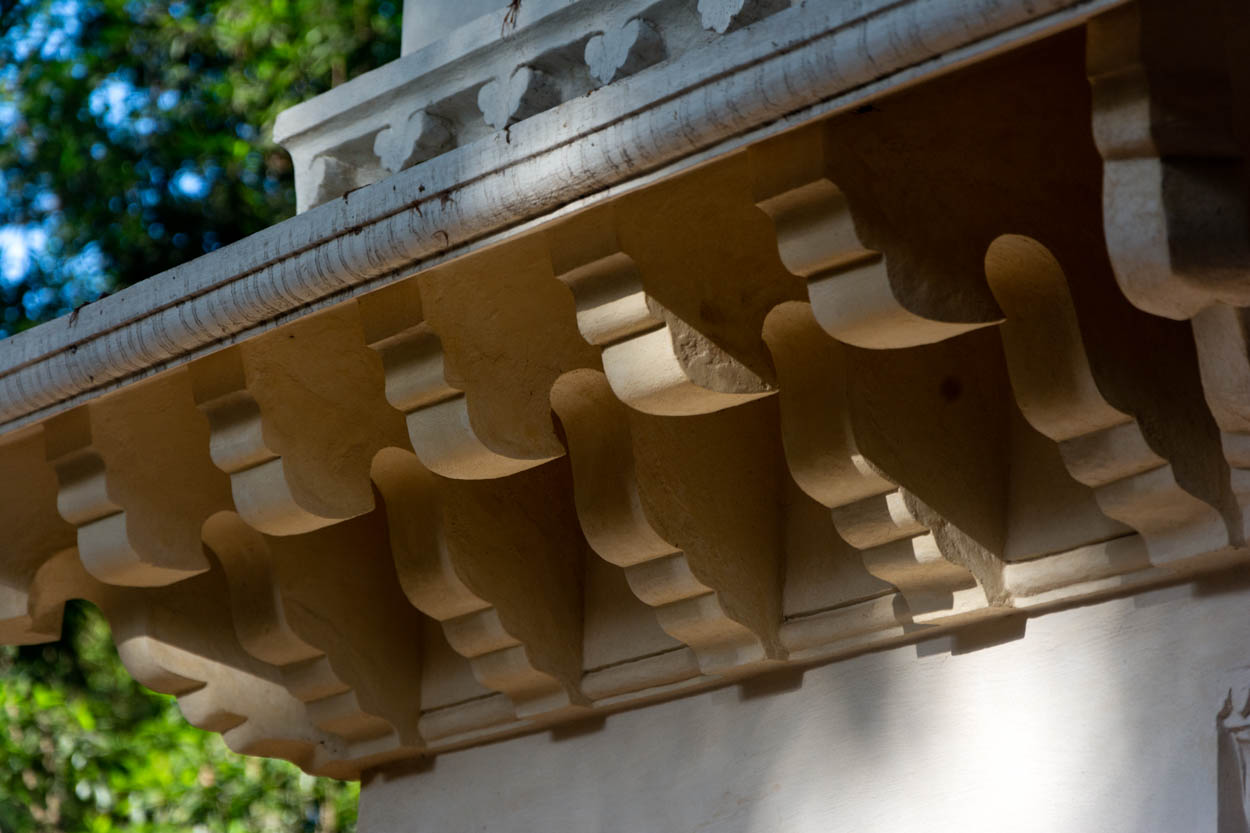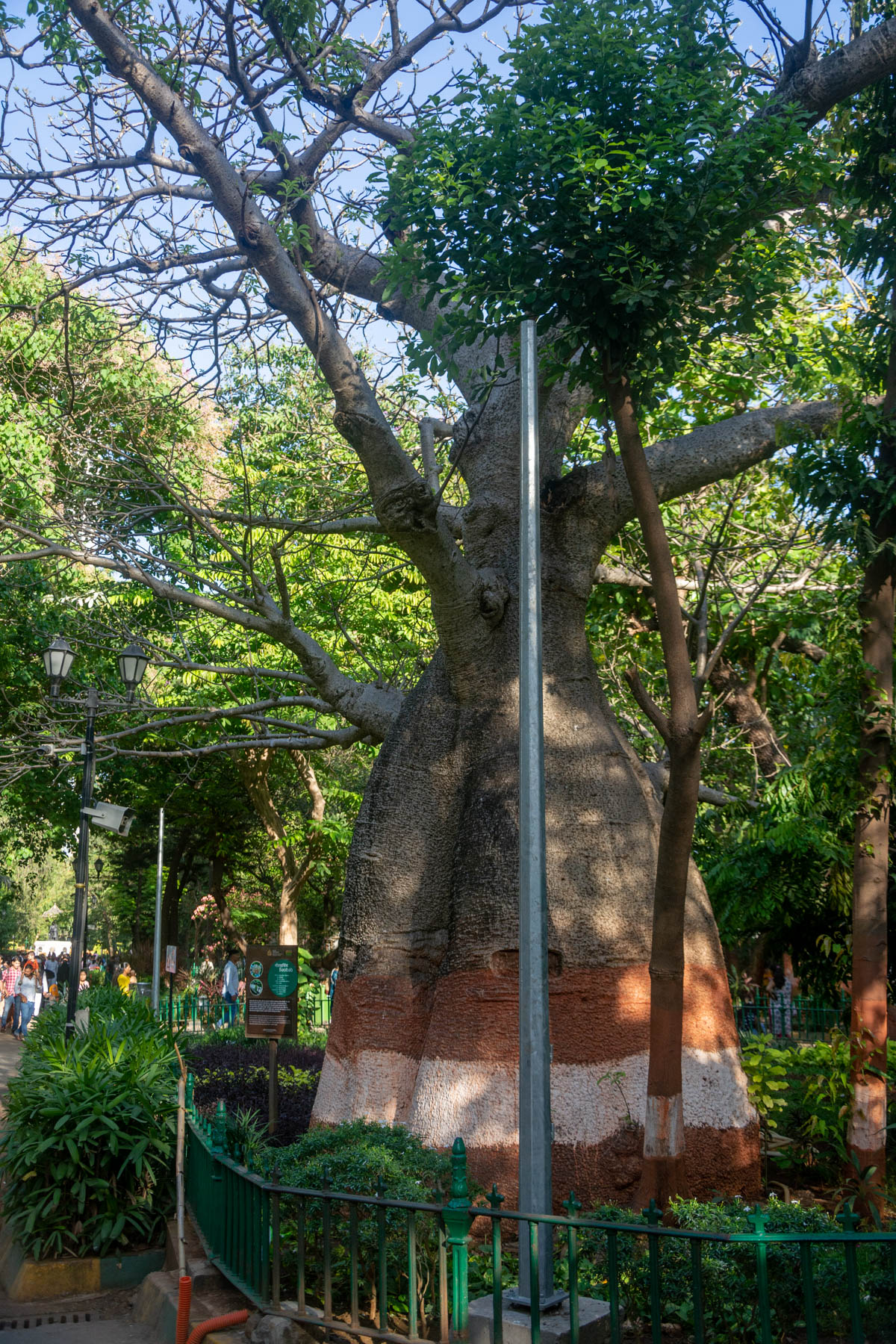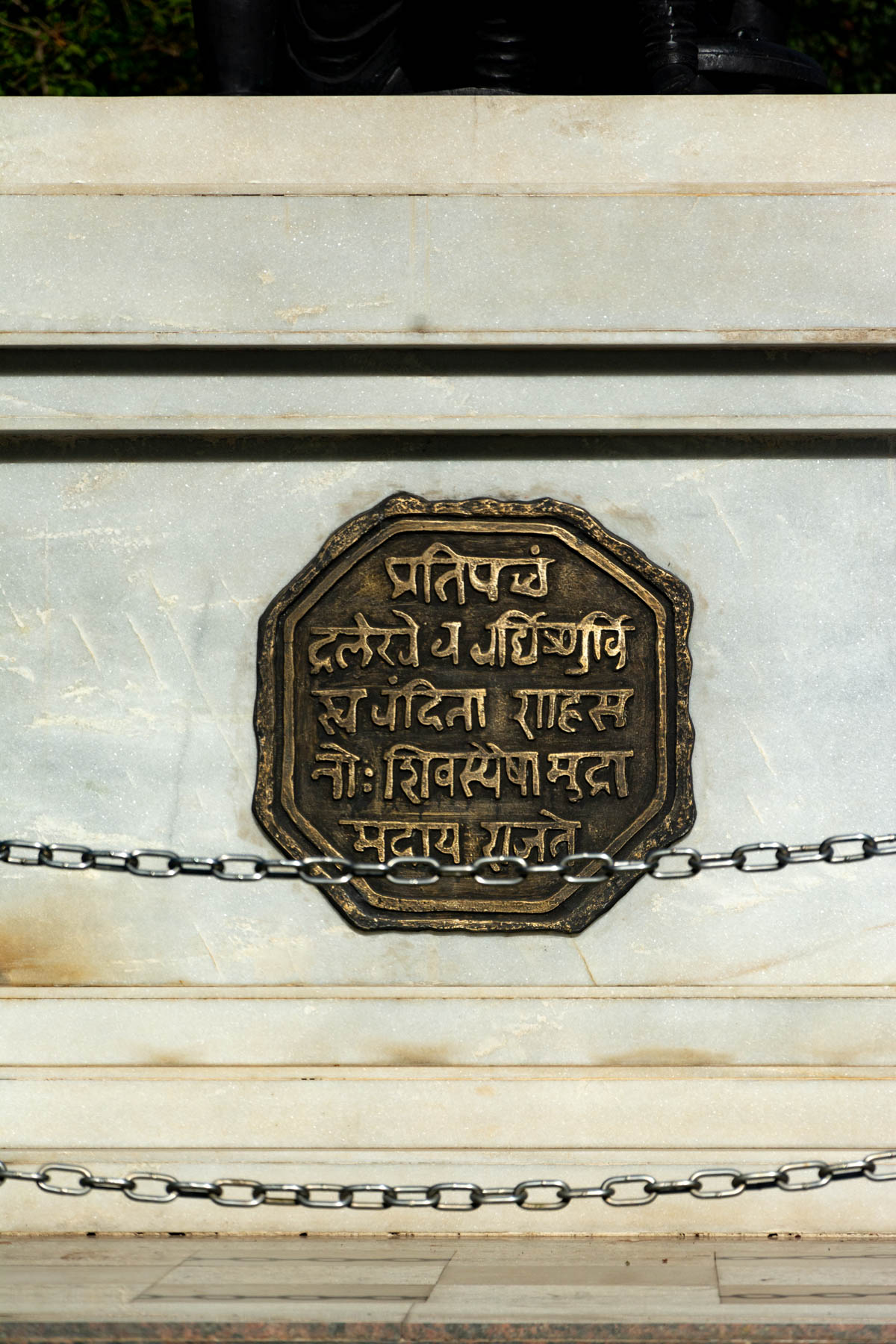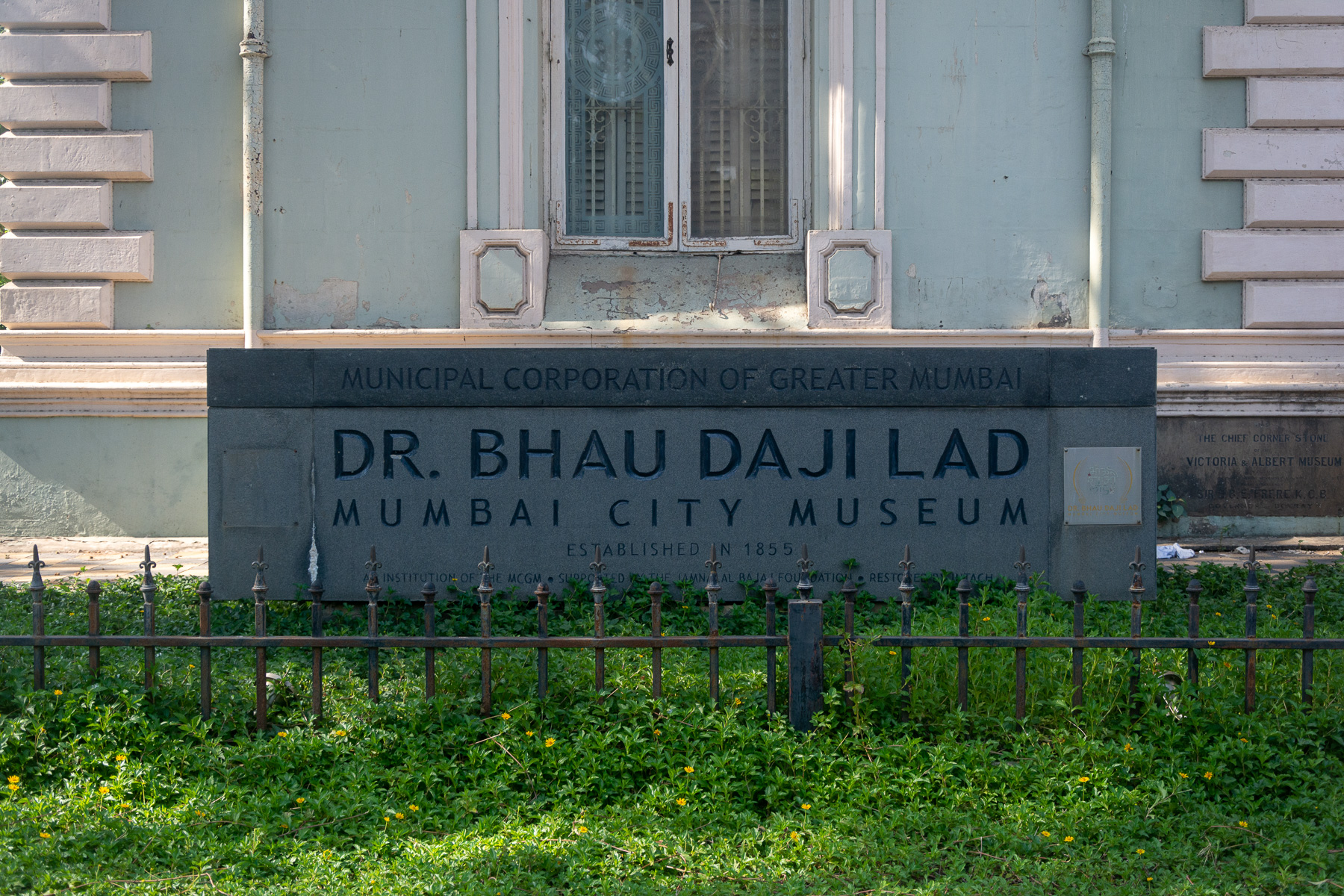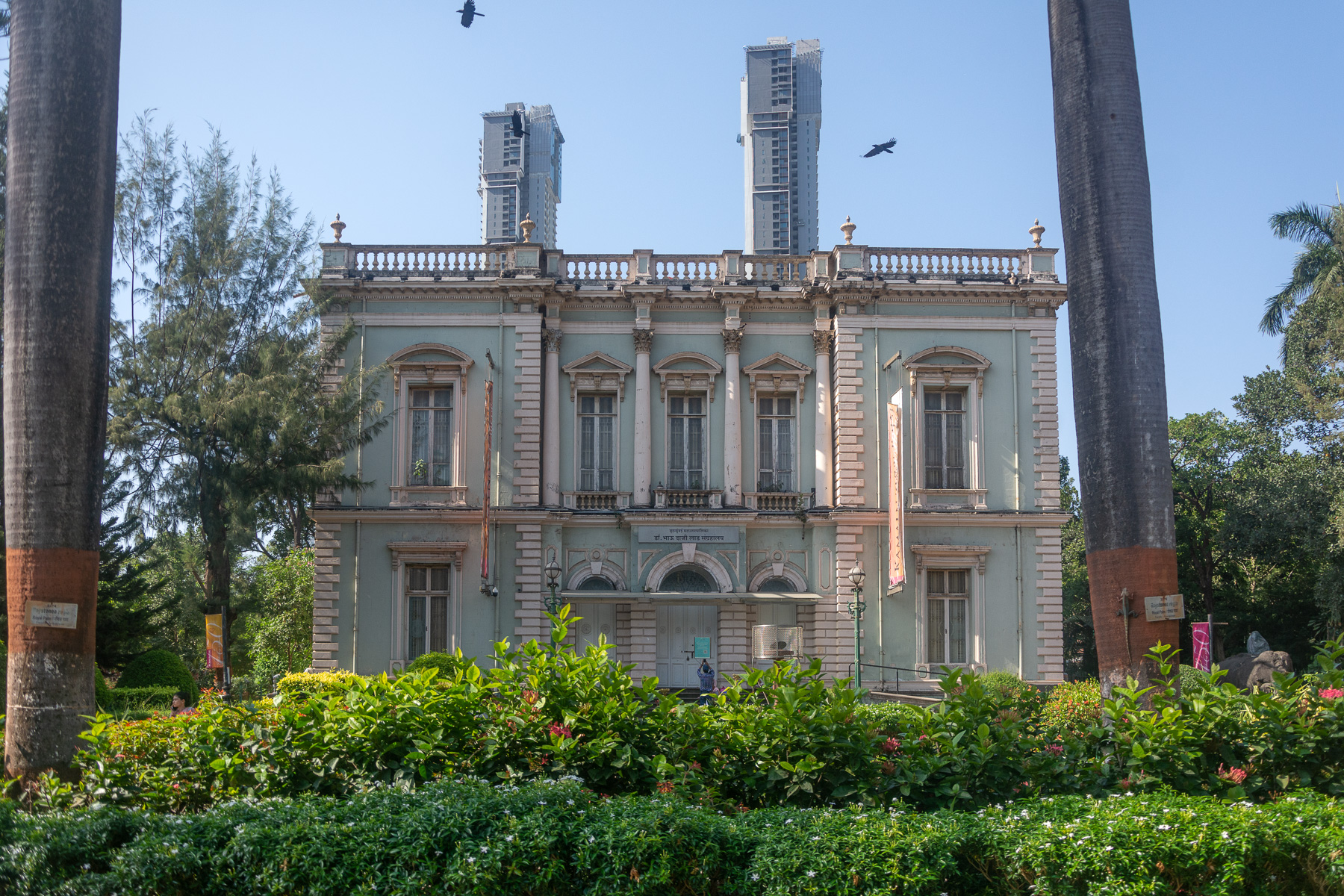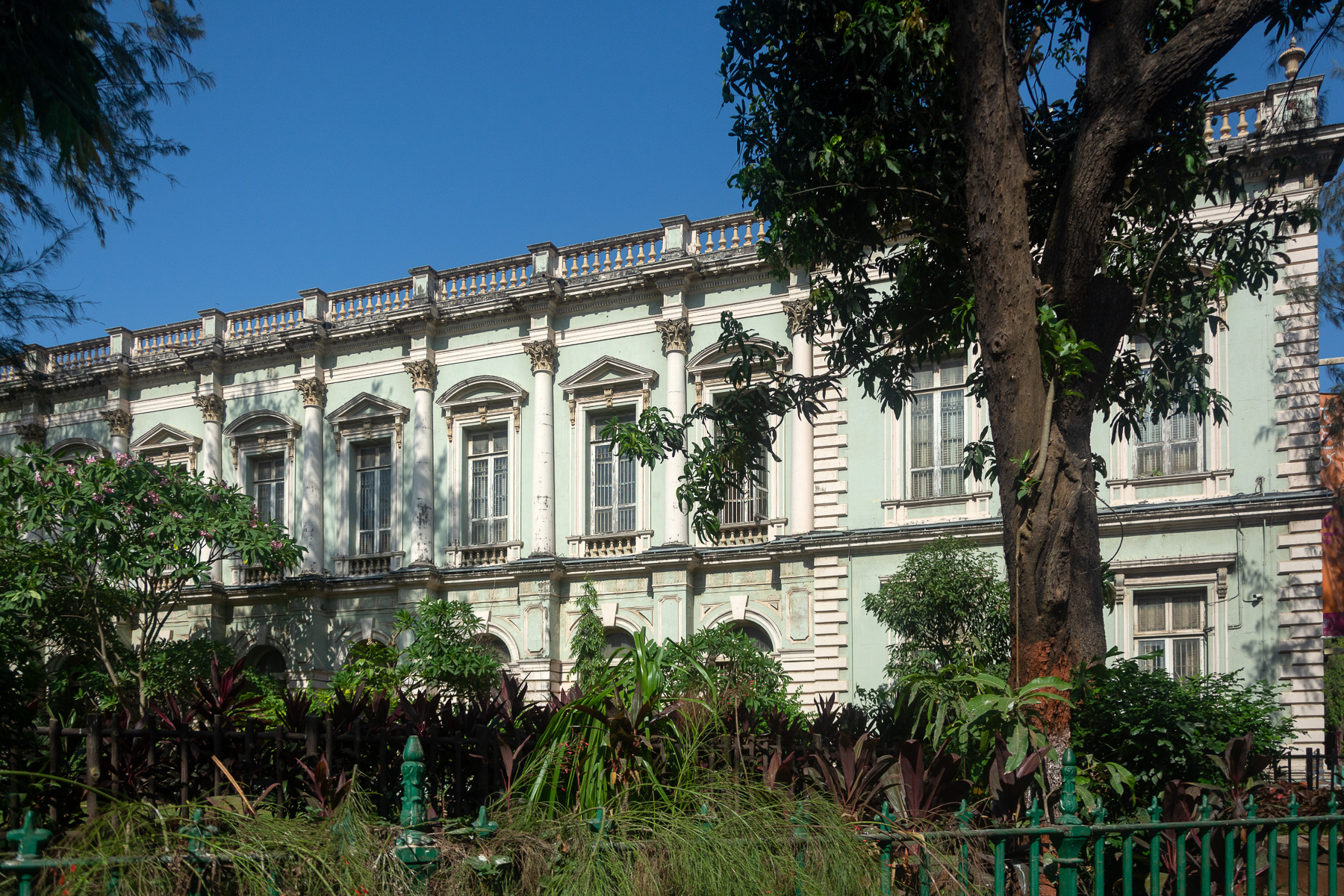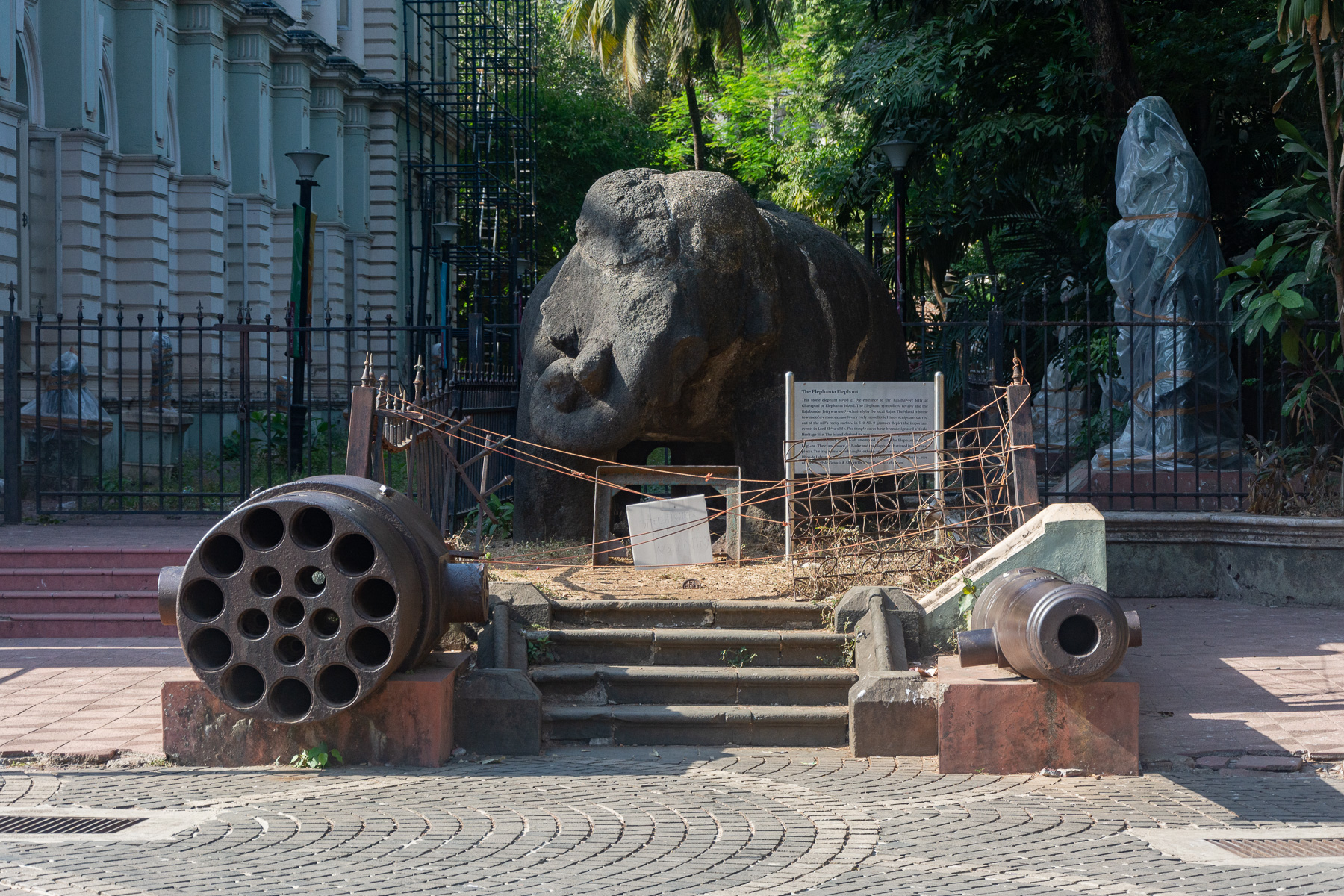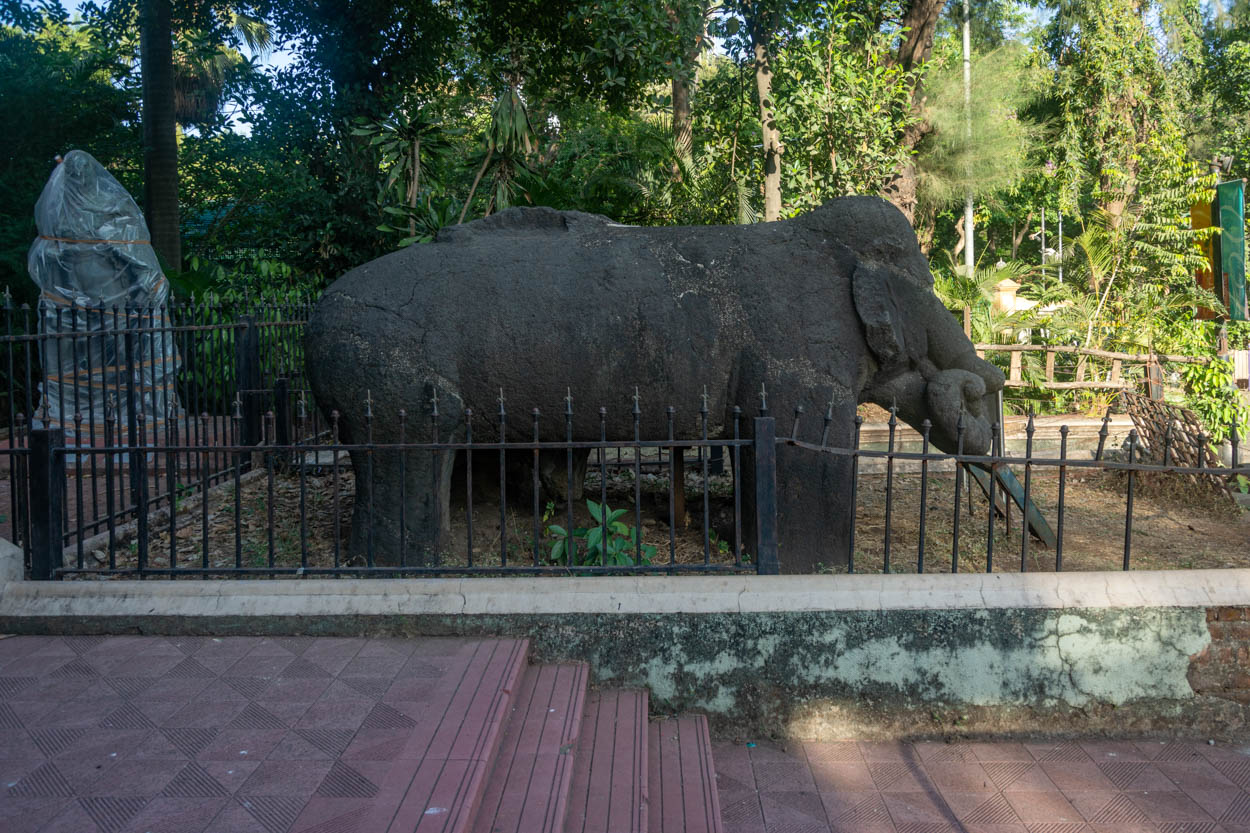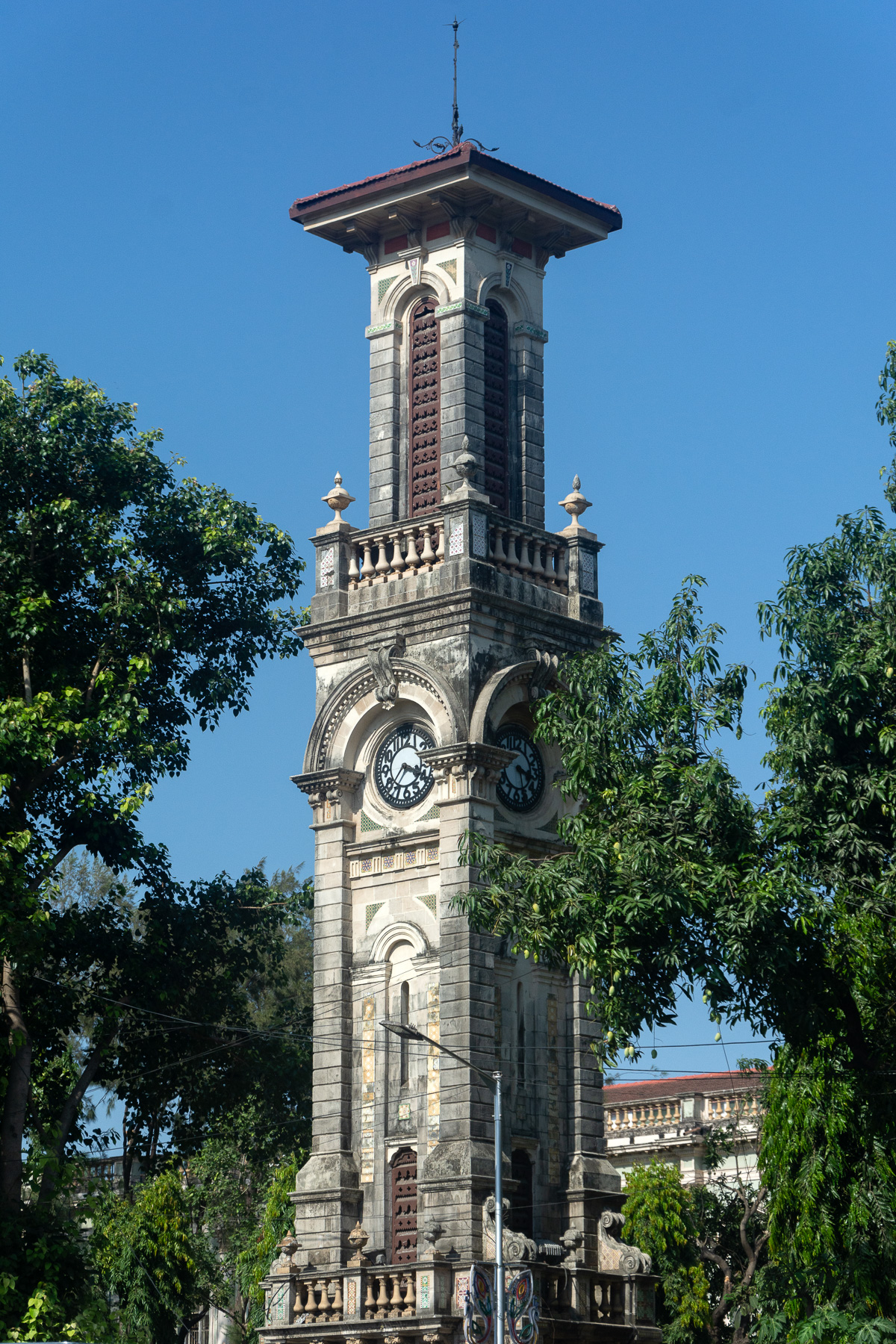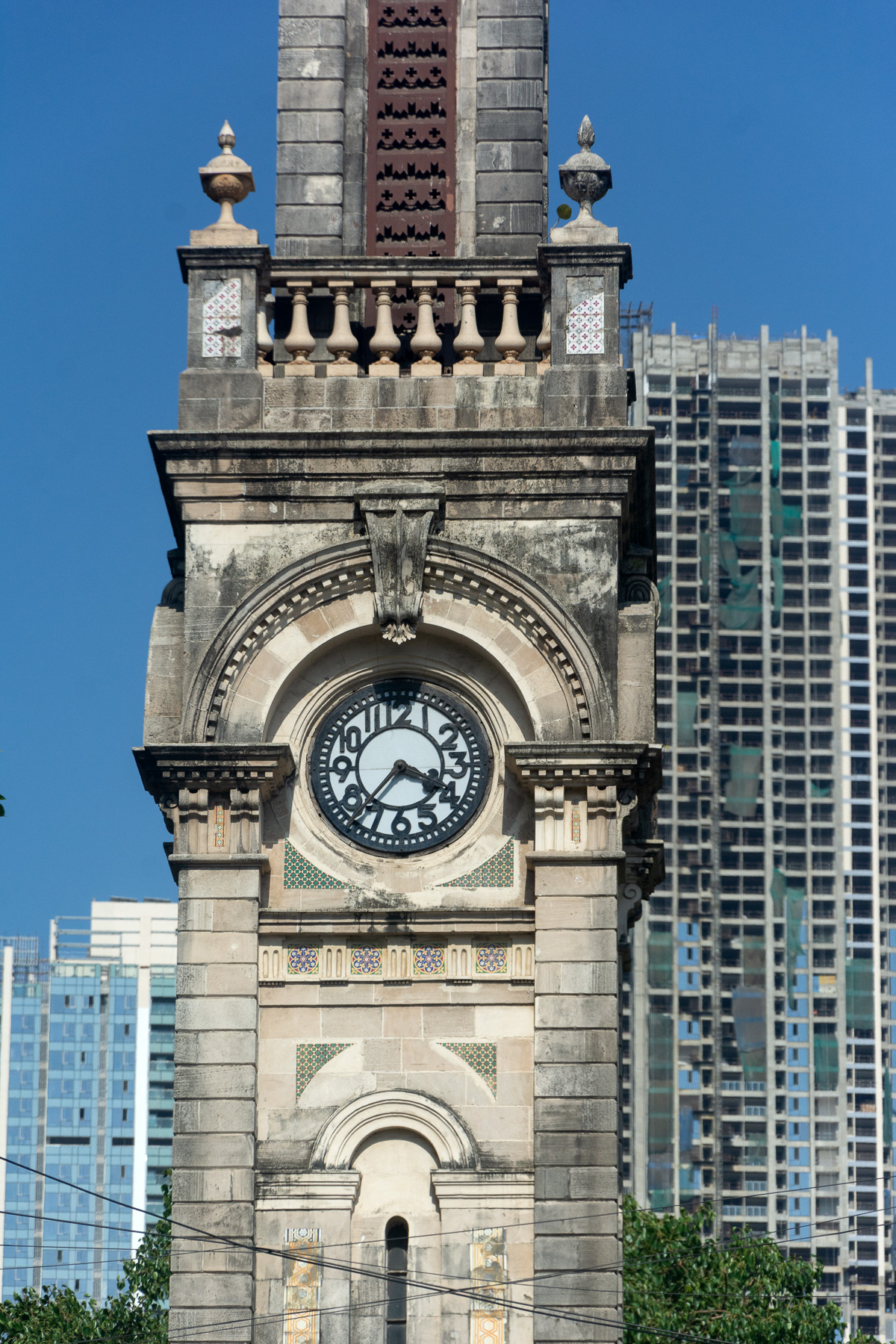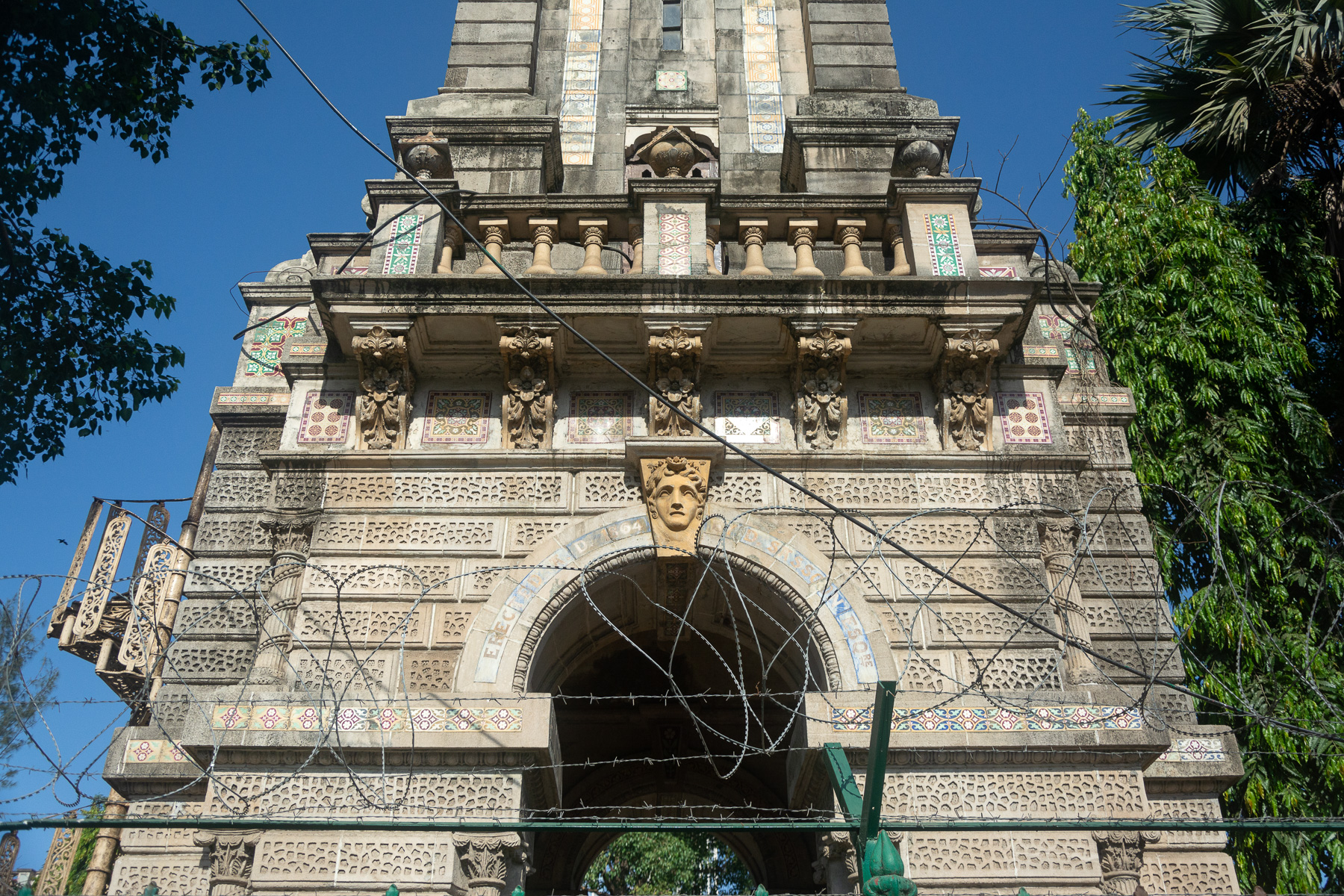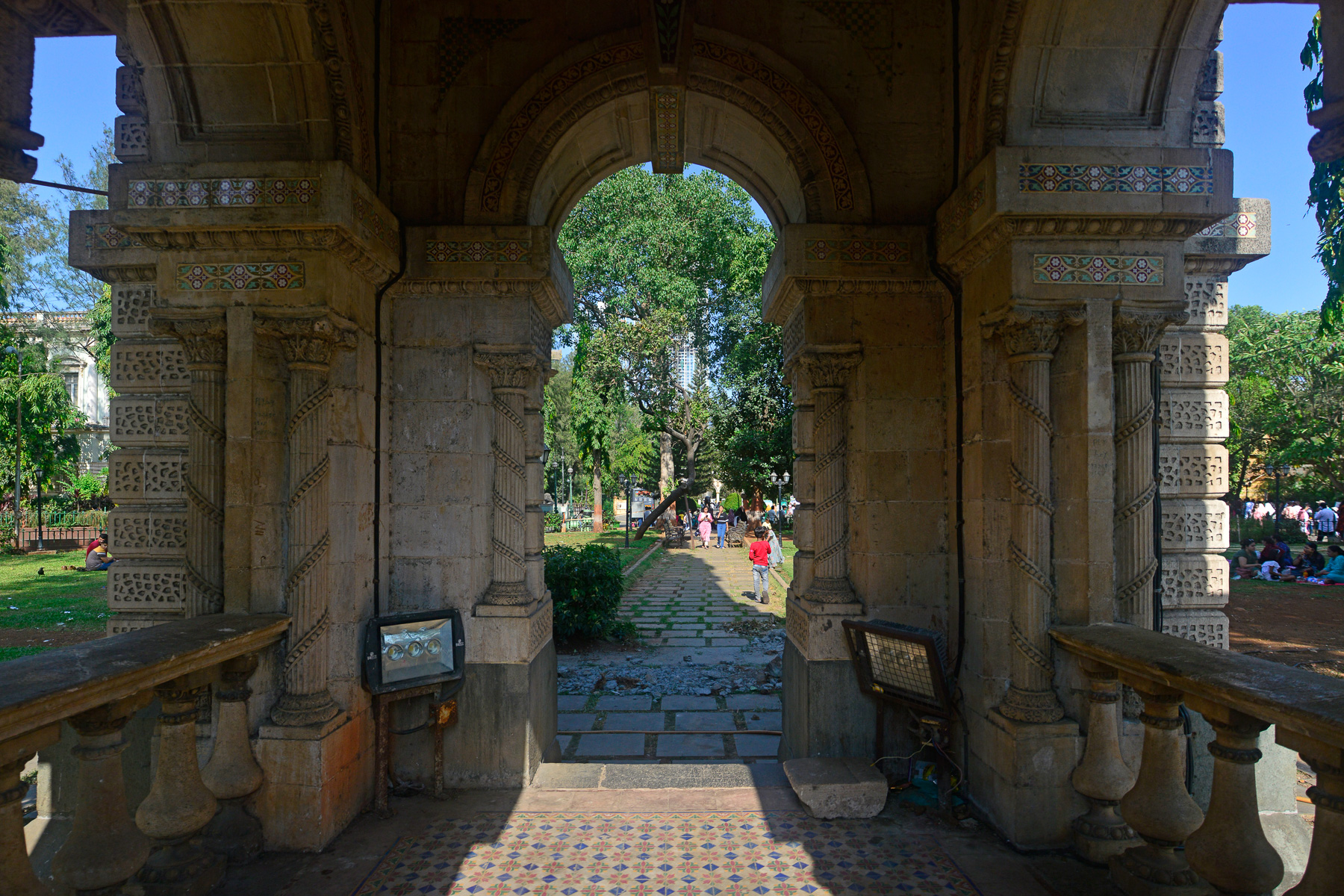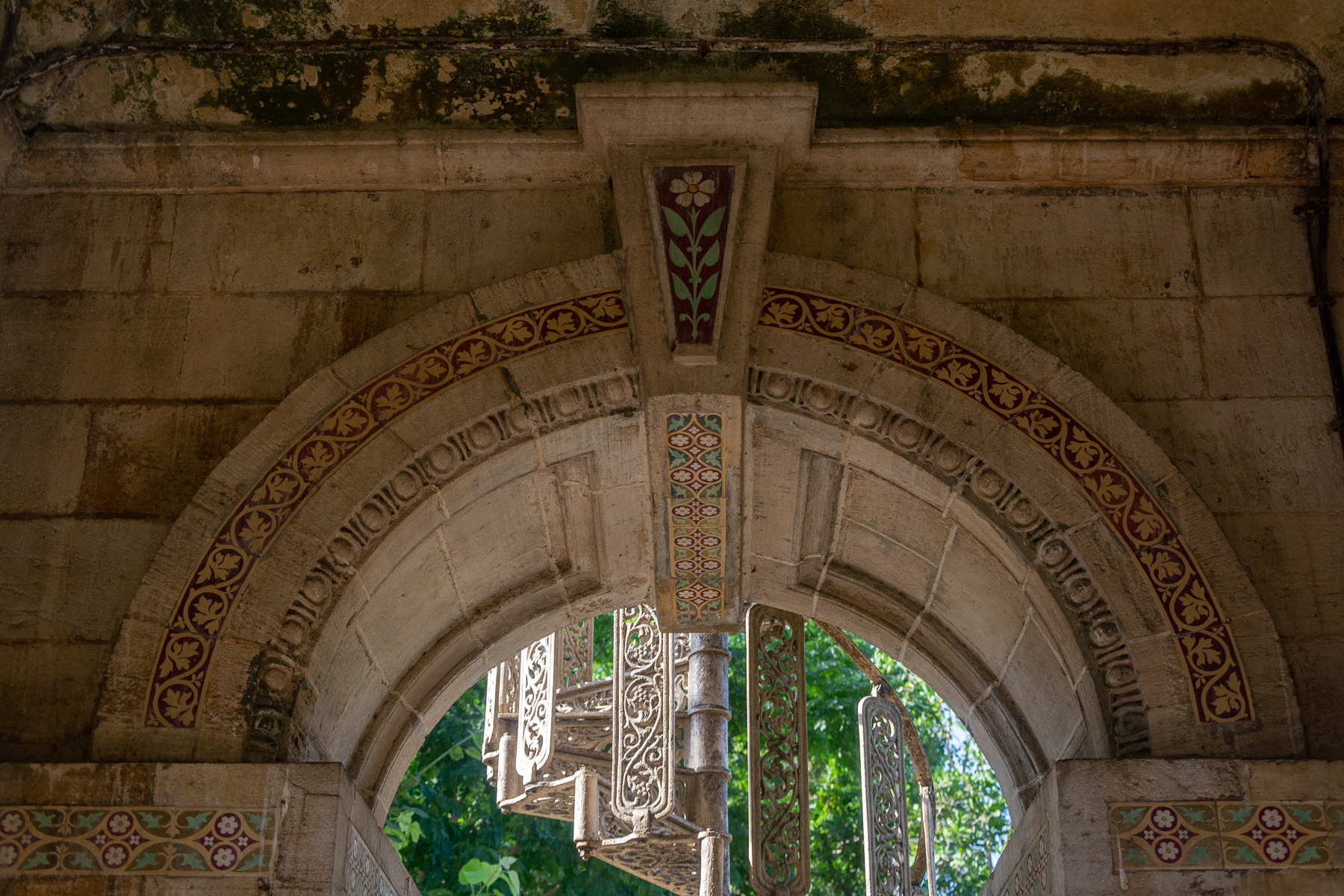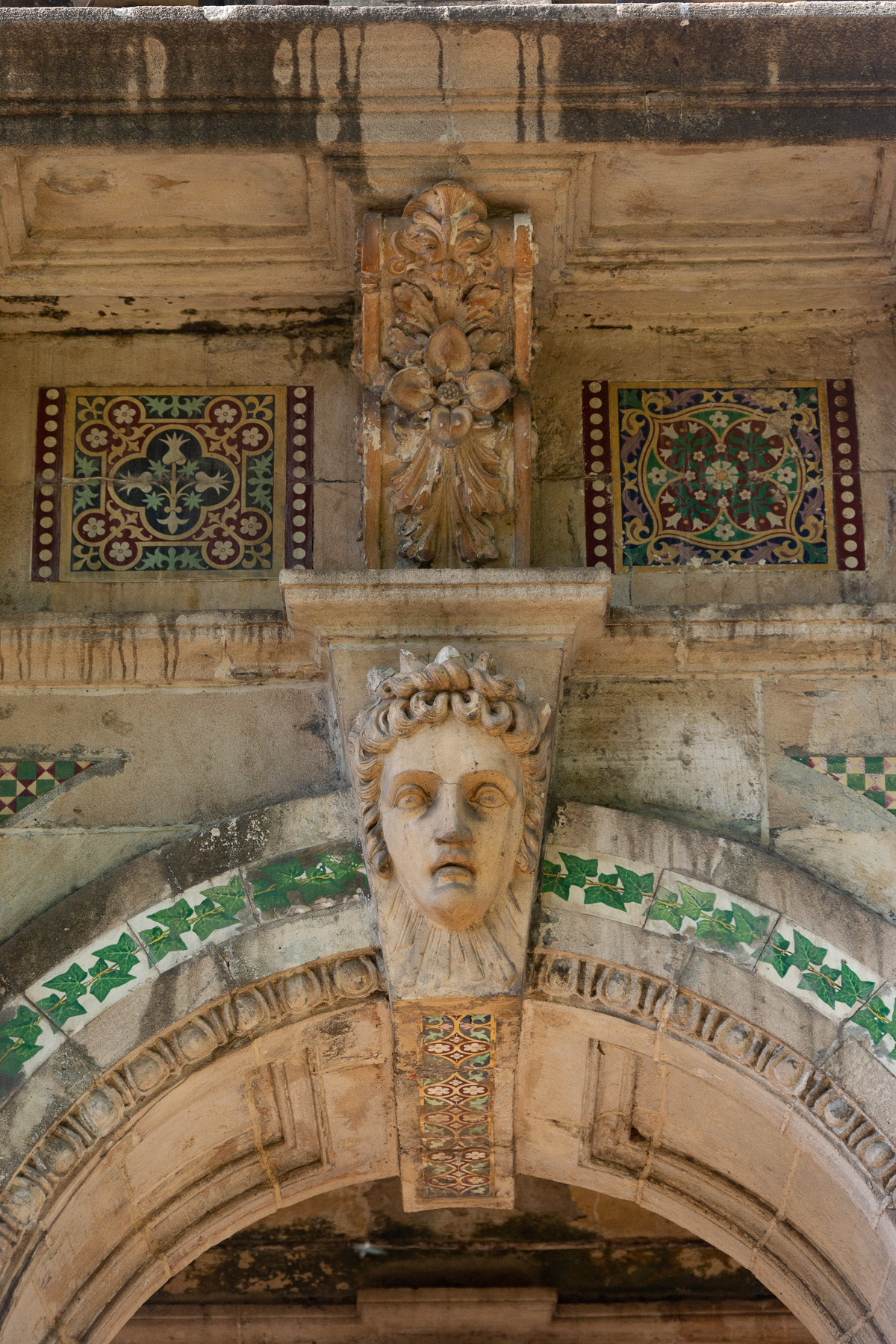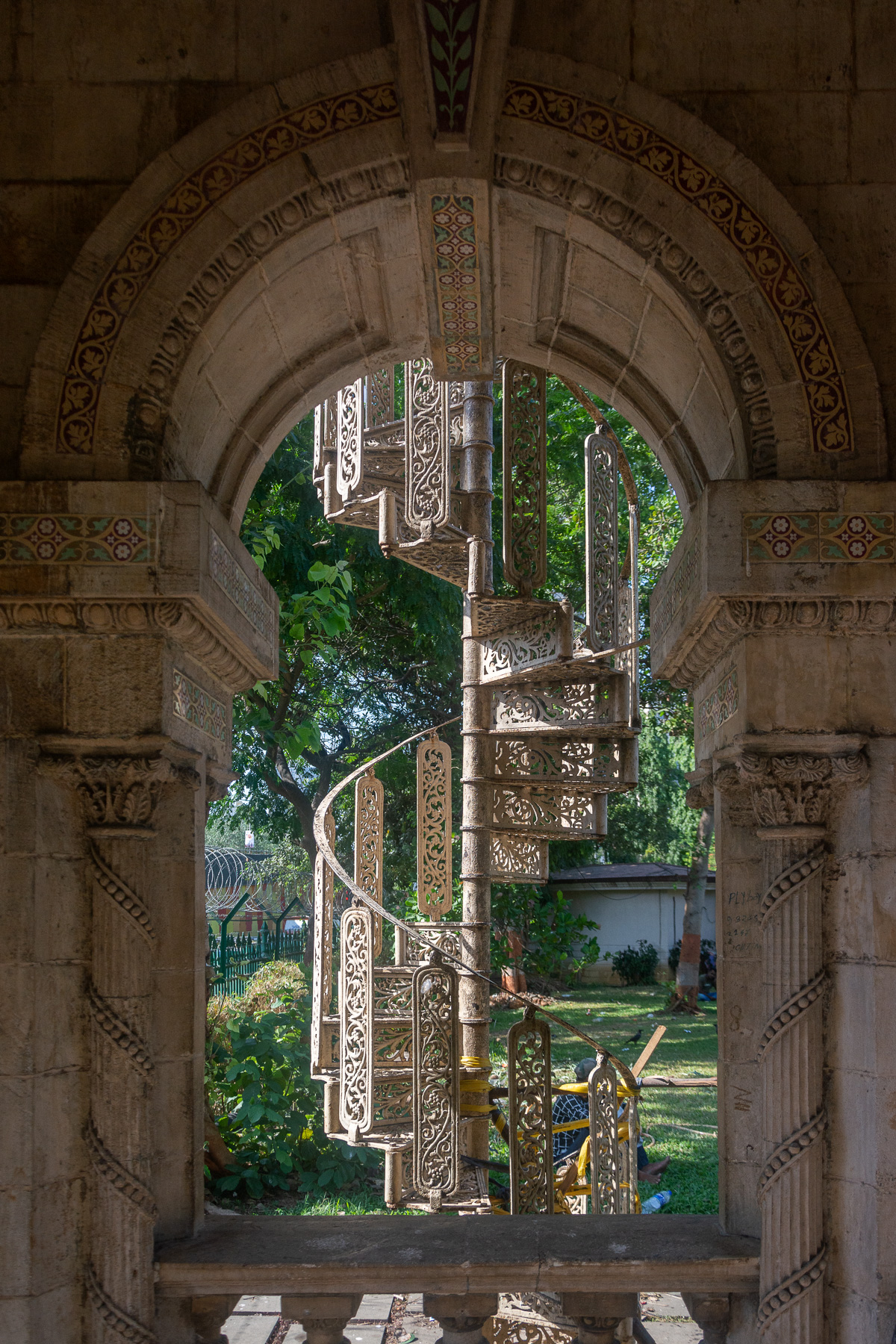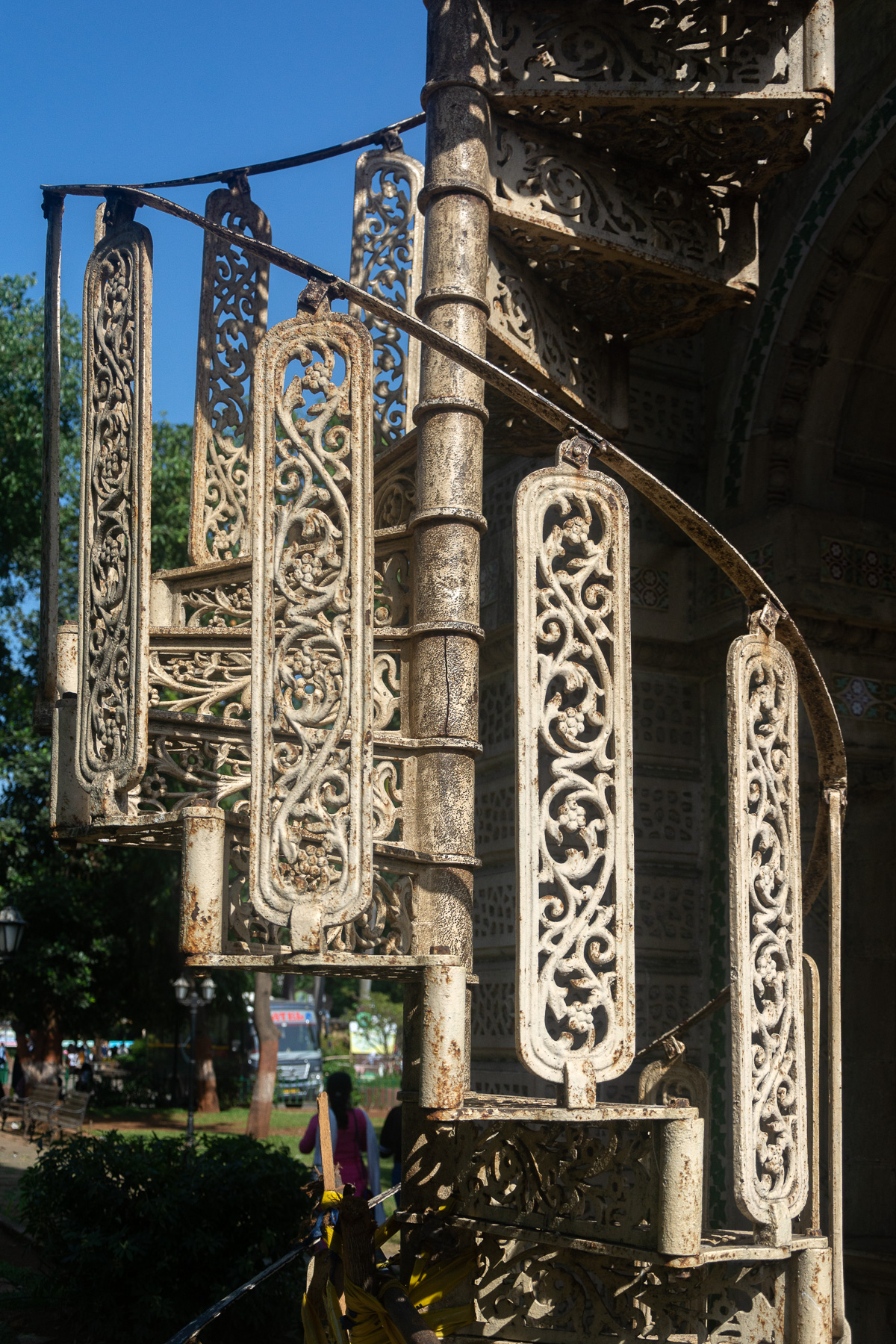Jijamata Udyan
Mumbai's renowned Victoria Garden
The Agri Horticultural Society of Western India played a significant role in the history of Mumbai, setting up public parks, gardens, and water fountains in the city long before the Bombay Municipal Corporation took over those roles. The society commissioned the iconic Flora Fountain that now stands at Churchgate. Founded in 1830, the Society dedicated itself to advancing scientific knowledge of India's diverse flora and fauna, along with that of other British colonies. With this goal in mind, they built the botanical gardens at Mount Estate, Byculla, on land donated by Sir David Sassoon. In 1862, they inaugurated the garden and named it after Queen Victoria, symbolising the transition of power from the East India Company to the British Crown. In 1872, they built and opened the Victoria & Albert Museum adjacent to the garden. The Sassoon family, one of the wealthiest merchant families in Bombay, contributed generously to the establishment of the museum, a triple-arched gateway, and a grand clock tower. The Neo-Palladian style, the only example of this type of architecture in Mumbai, inspired the construction of these monuments. In 1890, Victoria Garden added a zoo, renaming it Jijamata Udyan post-independence in honor of Jijabai Bhonsle, the mother of Chhatrapati Shivaji Maharaj. In 1975, the Victoria and Albert Museum was renamed the Dr. Bhau Daji Lad Museum. The museum and the gardens are the most visited public spaces in Mumbai.
Veermata Jijabai Bhonsle Udyan commemorates Jijabai Bhonsle (1598–1674), mother of Chhatrapati Shivaji Maharaj (1630–80), also variously known as Veermata, Rastramata, or Jijau. Jijabai taught young Shivaji about 'Swarajya' and raised him to be a powerful warrior and just ruler who challenged the mighty Mughal Empire and laid the foundation of the Maratha Empire.
Jijamata and Chhatrapati Shivaji Maharaj
In 1992, Jijamata Udyan installed a statue depicting Jijabai Bhonsle and Chhatrapati Shivaji Maharaj in their youth. The statues, crafted from pure bronze, stand approximately 9 feet tall. In 2022, the Brihanmumbai Municipal Corporation placed a copper meghdambari (royal umbrella) over the statue at a cost of Rs 43 lakhs.
Victoria Garden (Jijamata Udyan) and Zoo, Entrance
The Agri Horticultural Society of Western India established Victoria Garden as a botanical garden on David Sassoon's (1792-1864) donated land on Mount Estate, Byculla. In 1890, a zoo was added to the garden. In 1969, Victoria Garden was renamed Veermata Jijabai Bhonsle Udyan, though it is popularly known as Byculla Zoo or Mumbai Zoo.
The Agri Horticultural Society had first started a botanical garden at Sewri, but it didn't catch on. After the site shifted to Byculla, the garden became popular. The garden started as a repository of exotic plants, herbs, and trees, which the British had collected from Africa, Australia, New Zealand, Madagascar, China, Sri Lanka, India, and other British colonies.
Notable Mumbai citizens who played a key role in the establishment of Jijamata Bhonsle Udyan include Jagannath Shankarshet, David Sassoon, Dr. Bhau Daji Lad, George Birdwood, and Sir Jamsetji Jeejeebhoy. The garden was named after Queen Victoria to mark the transfer of power from the East India Company directly to the British Crown (in 1858).
Triple arched gateway, Jijamata Udyan
Completed in 1868, the triple-arched gateway is the main entrance to Jijamata Udyan. It was designed by William Tracey in the Neo-Palladian style to resemble a Roman triumphal arch. The narrow width between the arches prevented horse-driven carriages from entering. The pediment over the central arch depicts profile portraits of the Prince and Princess of Wales.
Profile portraits of Prince and Princess of Wales
The artwork features a double portrait of the Prince and Princess of Wales. In the foreground is Alexandra of Denmark (1844–1925), and in the background is Albert Edward (1841–1910), who became Prince of Wales in 1841 and held the title till 1901. The French motto above, Dieu et mon droit, means God and my right, implying that the English monarch has a God-given (divine) right to rule.
Three winged cherubs hold up a stump over the triple-arched gateway's central pediment. The stump originally held a gas-powered lamp. Three gas lamps were installed on top of the triple-arched gateway, one over each arch, but they were later removed.
Pillar capital, triple-arched gateway
Corinthian order pillars with elaborate floral capitals decorated with acanthus leaves and scrolls stand at the corners of the triple-arched gateway. The gateway was sponsored by Rustomjee Jamsetjee Jeejeebhoy (1824–72) and designed by William Tracey, though the building was completed by Messrs. Scott, McClelland, and Co. after Tracey's untimely death.
Equestrian statue of King Edward VII
Edward VII (1841–1910) was the King of the United Kingdom and Emperor of India from 1901 until his death in 1910. His equestrian statue had previously stood at Kala Ghoda, which was named after the black (kala) horse (ghoda). In August 1965, the statue was dismounted from its plinth and shifted to Jijamata Udyan. The Bhau Daji Lad Museum displays the plinth.
Frontal view of the equestrian statue of King Edward VII
Sir Joseph Edgar Boehm (1834–90) sculpted the equestrian statue of King Edward VII. Industrialist and philanthropist Albert David Sassoon (1818–96), who commissioned it to commemorate Edward's visit to India in 1875–76 as the Prince of Wales, donated it to the city. Edward became the English monarch in 1901, succeeding Queen Victoria.
In 1937, Jijamata Udyan commissioned the octagonal bandstand. Seth Hargovandas Jeevandas funded its construction and handed it over to the Bombay Municipal Corporation for the public's use and benefit. The bandstand features marble busts of Seth Hargovandas Jeevandas and his wife, Bai Harkorbai.
Marble bust, Sheth Hargovandas Jeevandas
Sheth Hargovandas Jeevandas, who sponsored the bandstand at Jijamata Udyan, is depicted in a marble bust. He belonged to the Kapol Bania community and was born at Talaja, Bhavnagar, in 1874. In 1932, he started the Mahalaxmi Mills at Bhavnagar. Sheth Hargovandas, a businessman, played a leading role in public affairs and was a trustee in several charitable institutions in Mumbai.
Bai Harkorbai, the wife of Sheth Hargovandas Jeevandas, who sponsored the bandstand at Jijamata Udyan, is depicted in a marble bust.
Lady Catherine Frere, the wife of Sir Bartle Frere, the then governor of Bombay (1862–67), inaugurated Victoria Gardens. Catherine was the daughter of Sir George Arthur, who was the former governor of Bombay (1842-46), and Bartle Frere had served as his private secretary. They built the Frere Temple in her honour and installed it at a roundabout inside the gardens.
William Tracey, an engineer of the Public Works Department, designed the 35-foot-tall Frere Temple, as well as the Victoria and Albert Museum (Dr. Bhau Daji Lad Museum) and the triple-arched gateway at the Garden's entrance. The temple cost ₹ 42,000, which was raised through public subscription. The central part of the rotunda is open to the sky.
Statue of Charity, Frere temple
Vandals destroyed the bust of Lady Frere, originally housed in the Frere Temple. The damaged bust was sent to England but was beyond repair. English sculptor Herbert Hampton (1862–1929) installed a bronze statue in its place. People mistakenly identify the statue as Queen Victoria due to its placement in the (former) Victoria Gardens.
The central allegorical figure of Charity, grasping a sword (symbol of justice) with her right hand and sheltering a young boy holding a dove (symbol of peace). The figure is in a seated position with her head tilted towards the left.
Charity, an allegorical figure at the Frere Temple, shelters a young girl who seeks protection at her feet. The caring gesture made with her left hand is a symbol of motherly love, and holding the sword with the right hand is a symbol of justice for the needy.
Pillar capitals and rotunda, Frere temple
Porbandar stone forms the foundation of the Frere Temple. Six Corinthian order pillars, their capitals adorned with acanthus leaves and scrolls, support the circular rotunda. However, unlike Corinthian pillars that are almost always fluted, the pillars at the Frere temple, however, are not fluted.
Koi Fish Pond, Seth Samaldas Narsidas pyaav
Intended location for Flora Fountain
The Agri Horticultural Society of Western India originally commissioned the Flora Fountain, which now stands at Churchgate. However, the Agri Horticultural Society of Western India later changed the site, placing the fountain at Churchgate, where it currently stands.
The original location of the Seth Samaldas Narsidas pyaav remains unknown, despite its 1903 erection at Jijamata Udyan. The Heritage Cell of Brihanmumbai Municipal Corporation restored the derelict pyaav. The Heritage Cell of Brihanmumbai Municipal Corporation converted the fountain into a Koi Fish Pond on the site of an existing well.
Lion-face faucets, Seth Samaldas Narsidas pyaav
The original location of the Seth Samaldas Narsidas pyaav remains unknown, despite its 1903 erection at Jijamata Udyan. The Heritage Cell of Brihanmumbai Municipal Corporation restored the derelict pyaav. The Heritage Cell of Brihanmumbai Municipal Corporation converted the fountain into a Koi Fish Pond on the site of an existing well.
Inscription, Seth Samaldas Narsidas pyaav
Inscribed in English within an arched niche, the name of the pyaav and its erection for public use by Javerbai, widow of Seth Narsidas Devidas, in memory of her son Seth Samaldas Narsidas. The year of installation (1903) is mentioned at the bottom. The Gujarati translation is inscribed on the opposite face of the paav.
Prominent members of the various mercantile communities in Mumbai philanthropically installed pyaavs to provide drinking water to humans and animals. Inside Jijamata Udyan, four restored and fully functional pyaavs serve visitors with drinking water. Every pyaav, however, has its own indigenous water engineering and dispensing method.
Ardeshir Dadysett Pyaav at Jijamata Udyan
Inside the Jijamata Bhonsle Udyan, four fully restored pyaavs serve visitors with drinking water. The Jijamata Bhonsle Udyan erected two pyaavs in memory of Ardeshir Dadysett, one in memory of Seth Samaldas Narsidas, and the fourth in memory of Khimji Mulji Randeria.
Commemorative plaque, Ardeshir Dadysett Pyaav
Scholars believe that Ardeshir Dadysett had commissioned two pyaavs in 1912, one placed at the Dadysett Atash Behram at Marine Lines and another at Dadysett Wadi in Walkeshwar, as corroborated by the information gathered from contemporary newspaper Parsee Prakash. At some later stage, as they fell out of use, the pyaavs were relocated to Jijamata Udyan, where they stand now.
Wash basin, Ardeshir Dadysett Pyaav
Ardeshir Dadysett Pyaav has taps placed on multiple sides within an ornate niche. Stylistic elements comprise the multifoil arch, fluted pilasters, and floral borders. The shape of the washbasin resembles a blossoming lotus flower.
Brackets, Ardeshir Dadysett Pyaav
Detail of brackets supporting the parapet, Ardeshir Dadysett Pyaav. The pair of Dadysett pyaavs at Jijamata Udyan were commissioned together and are identical in design and size. The same materials, porbander and malad stone, go into their construction.
Among the notable exotic plants at Jijamata Udyan are Baobab trees, which are native to Madagascar, parts of mainland Africa, and Australia. Abyssinian traders brought the tree to India more than 1,000 years ago. Its bark fibre is used for making ropes, and its fruit is relished by monkeys, hence also known as the 'Monkey Bread Tree'.
Royal seal of Chhatrapati Shivaji Maharaj
The Jijamata memorial bears Chhatrapati Shivaji Maharaj's seal (Rajmudra). The Sanskrit text is as follows: प्रतिपच्चन्द्रलेखेव वर्धिष्णुर्विश्ववन्दिता | शाहसूनो: शिवस्यैषा मुद्रा भद्राय राजते || Translated in English: This seal of Shivaji, the son of Shahaji, increasing in size like the moon of Pratipada (the first day after the moonless night), revered by the world, reigns for good.
Plaque, Dr. Bhau Daji Lad Musuem
Victoria and Albert Museum opened on 2 May 1872 and was named in honour of Queen Victoria (1819–1901) and her consort, Prince Albert (1819–61). The museum renamed itself in 1975 to honour Dr. Bhau Daji Lad (1824–74), a Sanskrit scholar and polymath who served as the first Indian sheriff of Mumbai and played a crucial role in its establishment.
Preparations for the 'Great Exhibition of the Works of Industry of all Nations' at the Crystal Palace in London (1851) sparked the idea to establish a museum in 1850. The museum was established at Town Hall. Queen Victoria (1858) called a meeting at Town Hall to raise funds for building a new museum.
Facade, Dr. Bhau Daji Lad Museum
The Town Hall steps proclaimed Queen Victoria Queen of India on 1st November 1858. A meeting of Mumbai citizens decided to establish a museum as the first public institution to honour the new Queen, along with botanical gardens. Governor Sir Bartle Frere laid the foundation stone for the museum on November 19, 1862.
Window, Dr. Bhau Daji Lad Museum
William Tracey designed the Dr. Bhau Daji Lad Museum in the Neo-Palladian style, which originated in Italy. From 2003–08, the Indian National Trust for Art and Cultural Heritage (INTACH), in collaboration with the Jamnalal Bajaj Foundation and the Brihanmumbai Municipal Corporation, undertook extensive refurbishment of the building.
Stone elephant, Dr. Bhau Daji Lad Museum
The original elephant, after which Elephanta Island was named by the Portuguese, is displayed outside Dr. Bhau Daji Lad Museum. The statue was originally at Rajabunder jetty on the south shore of Elephanta Island, formerly referred to as Gharapuri. In 1987, UNESCO declared Elephanta Island a World Heritage Site for its collection of Hindu cave temples.
Stone elephant outside Dr. Bhau Daji Lad Museum
In 1864, during an attempt to remove the statue from Elephanta Island, it broke into small fragments. Sir George Birdwood, the curator of the Victoria and Albert Museum, brought the broken parts to Victoria Gardens and reassembled them. In 1914, the museum placed the statue outside, making it one of its oldest displayed artefacts.
The David Sassoon Clock Tower originally stood outside the gates of Victoria Garden, by the side of the main road, then known as Parel Road (now BR Ambedkar Road). The road widening in 1926 dismantled the clock tower brick by brick and reconstructed it at its present location. The relocation successfully maintained the earlier alignment, exemplifying sensitive heritage conservation.
Clock, David Sassoon Clocktower
The David Sassoon Clock Tower is 67 feet high and has clocks facing the cardinal directions. Four patent opal glass dials, each measuring four feet in diameter, adorn the clocks. Unlike other clock towers in Mumbai, which have mostly stopped functioning, these clocks are all in working condition.
Inscription, David Sassoon Clocktower
The ground floor arch bears the name of David Sassoon. He had donated a large sum (₹ 30,000) for building the clock tower. A Baghdadi Jew, David Sassoon (1792–1864), funded many educational institutions in Mumbai. He and other members of the Sassoon family funded and named various charity trusts that still exist today.
Ground floor, David Sassoon Clocktower
The ground floor of David Sassoon Clock Tower is 12 square feet. The square base is open on all sides. The main entry is from the east, via a path leading from Jijamata Udyan. The west-facing entrance is also open. The north and south entrances have balustrades, preventing entry. Pairs of decorative colonettes flank the arched entrances on all sides.
Arch and keystone, David Sassoon Clocktower
Blashfield's terracotta from Stamford, Lincolnshire, adorns the detail of the arch and keystone. The David Sassoon Clock Tower is built from Porbandar stone, which was used in many public buildings in Mumbai, including Chhatrapati Shivaji Maharaj Terminus, Knesset Eliyahoo Synagogue, Bombay High Court, and Crawford Market.
Keystone and tile, David Sassoon Clocktower
The terracotta keystones on the ground floor arches at the David Sassoon Clock Tower depict the faces of the allegorical figures representing morning, evening, noon, and night, each facing one cardinal direction.
Spiral staircase, David Sassoon Clocktower
Messrs. Scott, McClelland, and Co. completed the David Sassoon Clock Tower and the Victoria and Albert Museum following the death of its architect, William Tracey. They used the Neo-Palladian style in both buildings, resulting in architectural uniformity. The only buildings in Mumbai that use the Palladian architectural style are the ensemble of buildings at Jijamata Udyan, which includes the triple-arched gateway.
Intricate spiral staircase, David Sassoon Clocktower
The wrought iron helical staircase leads to the upper level of the David Sassoon clocktower. The staircase is sealed, and no one is allowed to climb the clock tower.
